Zambia has got to be my favourite country (beaten by Zimbabwe only in the field of music, sorry guys). It is twice the size of Germany, with only around 17 or so million people. In other words, there’s a lot of space here. And more than once, when driving through the country, I found myself thinking I’d love to have one of those huge farms with some hectars of largely untouched bushland.
In my experience, Zambians (like other African peoples) are a lovely bunch – friendly, charming, helpful. I find them particularly friendly, but that’s just me. Outside the rural areas, especially in Lusaka, you meet highly educated people, and I appreciate meeting someone local who you can see eye to eye. Since I’ve often found myself placed on a weird, unbecoming and uncomfortable pedestal, be it out of extra-friendliness towards a stranger or because of my mzungu status, I felt odd in those moments. All the more I liked the atmosphere in Lusaka’s Irish pub, O’Hagan’s, where black and white interaction was so natural, it was remarkable. For me.
Zambia seems to me to be developing in the right direction, economically, educationally, except for apparently increasing tensions between tribal groups (72 all in all!), in particular Bemba and Tonga. Dear Bemba folks, it is easy to blame tribalism on the Tonga if you’re the ones who dominate in so many sectors. I got the impression that the idea of national unity, developed under independence president Kenneth Kaunda (“KK”, not to be mixed up with the current opposition leader, “HH”), was imposed on a country whose peoples had and have yet to develop a cultural identity, which seems inevitably “tribal”. Unity in diversity, dear Zambians, because I’d love to see it happening. Where is the display of the varied cultural heritage? Where is the museum of Zambian ethnicities? Where the dances and the live music from across the 72 tribes? Maybe I missed the right spots, the right time, maybe “these cultural things” are too natural and too deeply embedded in local customs for them to need a place in a museum or so? This is possible. After all, roadsigns advertise certain rituals in the regions of powerful chiefs like Chief Chitambo.
Still I miss an institution like Uganda’s Ndere Cultural Centre, for instance. It would make for a fine contribution to Lusaka’s cultural scene. Ask someone about the capital’s attractions, they usually mention malls and then look at you irritated. Yeah, there is the National Museum and in Livingstone there is the Livingstone museum, but still, I’d love to have more of this, for selfish reasons, though I’m convinced it would help the country develop a national conscience in diversity rather than tribalist elections and strife. See Kenya, and I’ve heard people here getting worried at what they see on the news! As much as I wish for Zambians to be more willing to invest, also personally, into their cultural heritage, I also wish they were better able to benefit from the country’s natural resources, mostly the copper, and th. But that’s a long, pan-African story. A lot of things though seem to be on a good way, and unlike neighbouring Malawi not every little settlement is plastered with the signboards of dozens of charities operating there for better, for worse. Yes, there’s poverty here, no doubt, but Zambia can make it, I’m sure.
What the country has to offer in wildlife and nature in general is stunning. National parks the size of Mecklenburg-Western Pomerania or Wales (Kafue), rich in species, big five and beyond, lots of bodies of water and waterfalls – Kariba, VicFalls, there need be no worries about the country’s attractiveness for tourists.
Here some of my highlights – I start with Lusaka, a two-million strong African metropolis. Although it may lack in high-profile attractions, it is a lively hub and on the whole a good place to be. It is a huge commercial centre in southern Africa, with street markets as well as huge malls such as EastPark Mall – during my stay all well-prepared for Christmas. Remember that song from years ago, charity for all those Africans? “Do they know it’s Christmas time” – well, unless they’re muslims in a really, really, really remote area of the continent … You’d wish charities were less ignorant, less condescending and would know what they talk about. Or sing, for that matter. I stop here.To cut what may become a long story short – they do know it’s Christmas time, you don’t have to bring it here, for f**k’s sake. If there’s questions to be asked then it is how will some people be able to celebrate what is dear, very dear to them as Christians, or as family people! That’s a question less obvious asking when you’re in posh places such as central Lusaka and Livingstone, where I happened to be confronted with lush Xmas deco and black Santa Clauses in bright sunshine. And not a trace of snow. Of course. And BTW, do They know what snow is? Well, do You know anything about Africa? Ah, stop it already …
I must mention Natwange Backpackers in Lusaka, truly a home away from home. What I love about it is their wonderful staff – my bestest caretaker Fridah*, chef Kelvin and the rest, and the crowd they attract.
Unlike other backpackers places, which I’m more and more inclined to stay away from, Natwange is not a Euro-American-Australian bubble of largely western or westernized culture, with the same music non-stop, the same food, the same talks regardless where you are in the world. No, Natwange has some long-time residents from Rwanda (hey Emmanuel!), Kenya (Hilary!) or Chinese workers and other people, often also involved in projects across Zambia. I met some wonderful people here, made friends, we made music together, had lively discussions about Africa (Emmanuel lived through the 1994 genocide as a seven-year old and talked about it on three evenings, and Hilary gave us an idea of how you defend your village with bow and arrow when tribalism ruined democracy in the wake of the Kenyan elections in 2008 – and so on). It was and is a place in Africa! And of course we followed Zim on her way to president #2 (hence my song of choice: Bob Marley, “Zimbabwe”), and we played pool. Hey Judy, Ragon, Johanna, Marianna, Chedrick, David and the rest! Last not least the owners, Anita and her baby and David.
*Update: Fridah is no longer at Natwange – what a loss to that place! But she’s fine where she is now 😉
As for songs – they were less Zambian, but here’s the one song that gained historical significance, “Zimbabwe” by Bob Marley, which we performed at Natwange Hostel around the time of the coup that was no coup in neighbouring Zim.
Siavonga and Lake Kariba
For some years, my Göttingen friends Tedson (from Zambia) and Maria had asked me to join for the celebration of Independence Day organized by Zambians and the Zambian embassy in Germany. In 2016 I finally made it. It was in Hamburg that year, and lo and behold, my old school-mate Thomas, who I knew had connections to Zambia, turned up as well. We hadn’t seen each other in 25 years! Eventually, we made plans to meet up in Zambia where he currently builds a house near Siavonga at Lake Kariba. So with my two Natwange friends Judy and Ragon I went down to Siavonga, dropped the two at their lodge and headed on to Sandy Beach Lodge, run by Hermann “the German”, to meet Thomas. What a great time, and I have to cut myself short. Thomas and his Magdeburg friend Mario were busy doing a photoshoot with Debbie, a Zambian singer and designer, for which I did a “behind the scenes” shooting. In the evening, we made music together (after all, I brought my guitar!). And Hermann, who came to Zambia as a musician in 1967 (if my memory serves me well) filled us in with priceless stories and anecdotes about the past, well, 50 years of Zambian and southern African history and music. He’d be on friendly terms with KK, coincidentally played for Mugabe, witnessed nearby bombings by the Rhodesian army – you name it! Another highlight was our visit to the evening devotion at the local village girl school. Such energy in the singing and dancing!
I picked up Judy and Ragon on my way back to Lusaka, and we stopped over at Kariba dam, one of the (or THE) biggest man-made buildings in Africa. Much to the advantage of (electro-)power-hungry urban centres in Zim and Zam, much to the disadvantage of the local Tonga people, who had inhabited the now-flooded valley since times immemorial. Or close to that. The government made short shrift with their concerns, and simply re-located all of them. It is one of the factors that contribute to tribal tensions until today. As went to visit, we had to leave our passports at the Zambian border, since the dam extends between Zimbabwe and Zambia. We were right on time – as we waited for some receipt, local news broadcast the inauguration of the new Zimbabwean president Emmerson Mnangagwa. I was very touched, my connection to Zimbabwe is still strong, and I was happy to be there on that day. Perhaps I should have gone the whole distance, quite literally, to Harare. But no, it was good as it was.
Now here’s a joke for you guys: Name at least one former Zimbabwean president!
And a second joke: Mugabe is still president, but the P is silent. Ha ha ha!!!
Right in the middle of the dam, a car with four young Zimbos stopped near us, and it was wonderful to meet them coming from Harare, and full of exciting about the latest developments. Maybe this is another Independence Day? On a personal note – while we talked Zim politics, mention was made of the infamous bond-notes, the substitute money introduced by Mugabe in 2016. I pointed out that Alberta, my ex-wife, had stopped Mugabe from printing them for a while – and they looked at me and said, “She’s your ex?” Apparently, somebody has made a name for herself (for instance in these videos here and here)!
Kasanka National Park and the Bat migration
Going up Great Northern Road, I found a few obstacles in my way. Construction works blocked access to Great Northern on the outskirts of Lusaka, and the inofficial detour led through some areas where I knew I should not stop. This was a different Lusaka! Hours later I did stop in Mkushi, and since my Nissan El-Grande made some sounds that I didn’t like, I had some guys look at it after a night in an unimpressive lodge just outside town. They pretty much fixed it, and so I felt safe to head on to and into Kasanka National Park. I must say a Nissan El-Grande is not the right type of car for that, especially not in the rainy season, which started quite timely this year.I had chosen it because it was the only affordable 4×4 (the same car rental has offered me better deals since – next time!). I was happy to meet Simon from Ireland, who for years has been travelling Zambia in his Defender, which he leaves in Johannesburg until the next time. Simon was my companion at Platoon Camp, and gave me a ride to see the bats in the evening and very early morning. The tracks to the hides were muddy, and while I eventually tried my luck on them, I very nearly got stuck and it was no fun to consider that in the middle of almost nowhere. The bats were amazing experience, and so was being in the bush again. The comfort is very reduced here, you need to be in for self-catering or be prepared to do long rides to get your pre-ordered food at the main camp. But part of the luxury is hot water for showers, which is prepared in a bucket over a fire by two local guys, and then they carry these really heavy buckets (I helped once!) a couple hundred metres to your shower house, up the wobbly stairs and pour the water into a basin, from which gravity guides onto your skin. Simple and efficient. I loved it.
Of course the main attraction are the bats, which come here for two months, from the end of October into December. Up to 10 million bats gather here for some reason, devouring up to 300,000 tons of seeds and veggies, and forming – as some say – the largest mass of mammals anywhere in the world. I cannot confirm this, but I am sure it’s not far off the mark. The bats are a big business here, though while I was told the park is pretty much booked out during that time, I saw hardly any other people at the hides from where you are allowed to watch the bats. I guess they are called hides for a reason 😉 If you want to get really close, you need to book a guide and climb into the tree hides. That was beyond my budget though.
Simon was particularly surprised by a family of Sitatunga as they are said to be extremely shy. In some parks visitors spend hours waiting to see a couple of them, and here they were grazing just 30m or so from our camp pretty much throughout the day.
It was here that I had my one and only slightly negative encounter with people in 4 months. I had been told I should move to another location further inside the park for my second night as Pontoon 3 was allegedly booked by two people and wouldn’t take more. DUring the night, however, it rained heavily, and though my car was a 4×4 it lacked proper tyres and ground clearance for these conditions. I did not want to go further into the park, was my decision. Thus I asked oneof the two women (South African, judging by their accent) in near-by Pontoon 2 if I could pitch my tent there. There was plenty of space, and she said yes. So I talked to the reception people over the walkie-talkie, and they agreed to my plan. An hour or two later, the other woman marched into our camp, and in a very agitated voice told me that no, I couldn’t stay there, because this is what she had always done in her life, and had promised herself never to do again, and … I don’t know, I couldn’t make sense of it, nor could Simon. I looked at her, tried asking what it was about, but she just kept on, and soI said fine, I wouldn’t stay there. And to Simon later that I wouldn’t even want to stay there anymore after this largely incomprehensible tirade.Simon and I agreed that this was very strange behaviour, especially out here in the bush, where for fairly obvious reasons people tend to show solidarity. Not everyone, apparently. It turned out I could stay where I was, to be joined by two other South Africans late in the evening. All good.
The north
Going up further north, I had the wonderful experience of being tricked by a clever viallage lady. Now, as my car was huge, I was usually hapy to give people a ride. And there she was, a single woman on the side of the road, indicating she wanted a ride. I stopped, she kept moving alongside the road, still indicating she wanted to come along. Eventually I saw what this was about: a huge pile of bags, bins, and two other people in her company. This is kumushi (village) smartness – I ended up with more people in the car than planned, and a load of bags, bins, live chicken and especially a bag full of dried fish, the smell of which took days to go away.
My first stop was Samfya at Lake Bangweulu. It is one of those African lakes where you cannot see the other shore – huge! A lovely place to be, though my camp was very much in the process of opening again after a change in ownership. Being the only guest, by now not an unfamiliar experience, I became the recepient of the new owner’s stories about all sorts of complications and plans for the future, which was as interesting as sometimes just a bit too much … For two nights in a row we were visited by massive thunderstorms, and more than once lightning hit really close by. I appreciated it when on the second night one of the managers knocked on the door of my car (where I had withdrawn from the downpour and lightning strikes) saying they insist on me taking one of their chalets – for free! They did not have to beg for long 😉
On the second morning I took a walk into the nearest village, Chipepe. On the way, I was followed by some boys with their self-made racing cars, in a serious competition to impress me. It was quite clear, not many, if any, vazungu make it out here. At the first house of the village a young girl approached me, maybe 15 or so, and eventually Angelina became my guide. The most astonishing thing about this village for me was the fact that there was music everywhere as every house had a set of huge speakers outside, sounding clubbing music all around, into the fields where people were busy planting or whatever. Wow, a true surprise.
Leaving the lodge, my car got stuck in the wet sand and it took a while and the help of some people to get it out again. I gave the people a small tip, which they’d requested, and felt annoyed about it. It is one those things that I don’would like to see from others because I do it myself: help where I can offer it, especially if it’s something small. I do understand that people here, especially in rural areas, take every opportunity to make a few kwacha, but still … On my way into town I gave some people a ride, inclding a bin with fresh fish, and did it for free. I’ll stick to my princples until such time as I’m convinced they should be changed.
Further north, past Manza, up to Kasama. Yet a few kilometres before I reach the capital of the north, I take a turn off to see Chishimba Falls and Kaela Rapids. Absolutely worth it, even though you might find you’ve seen enough water falls in Zambia.
Reaching Kasama in pouring rain, I had to chase for accomodation for the first time. Eventually I ended up at Lavevars Executive Lodge, a place with no website or address on Google Maps! Patricia, the manager and chef, welcomed me, and since for days I had seen those lovely and at times huge mushrooms offered by the side of the road, I asked her if she had some. And yes, she would make me some mushrooms with inkoko nenshima (chicken and the staple food, mais porridge). I’m loving this – “Africa” has taught me that thou shalt ask and thou shalt be given. Not always, but more often than not. I remembered how several nights earlier I had told my (white) South African camp mates of my plan to have those roadside mushrooms prepared for me rather than just bying them, and the lady asked in a surprised voice if one could do that. And my response was, of course, you have to ask. And here I am, I asked, and I received. And a little bit proud of myself, I enjoy a delicious meal prepared by two really nice ladies, and we chat and have fun and I am grateful for what they are doing for me. In the meantime the TV screen would present advice on the prevention of cholera, and it was only in hindsight that I realized Zambia faced an incipient epidemy, which by now has especially affected Lusaka, and there is no end in sight as the death toll is still rising.
The next morning held two surprises for me. After the rains subsided the previous evening, there were flying ants everywhere. They are difficult to keep out of the house really, and gather in great numbers around every light source there is. Vivi collected loads of them, and prepared them for breakfast. A crunchy breakfast of roasted ants, called inswa, served – of course! – with nshima. I felt like I’d gone completely local, and I felt good about it.
The second surprise arrived in the form of a lady whose looks suggested self-employed or business woman, were it not for her rather poor shoes that gave her away. “Marry me!” were the first words she said to me. I was stunned, that was a first! Not the request to get married, but as the first words ever spoken to me by someone?!?! I was impressed, and Clara and I had nice chat about what our wedding will be like.
As a bad surprise, it became clear to me that my phone had fallen fell seriously ill, and eventually I took it to a phone-repair shop in Kasama. The guy worked on it for two hours, when I left him to it in order to explore Mwela Rock art nearby. Another three hours later, he had made no progress but kept on telling me he could still try. I was of a different mind, and as much as I admired his stamina this was also a case of someone who couldn’t say “no”. Since he played with an apparently functioning phone, I asked him what he wanted for that one. So at long last I ended up with my phone, dead as a doormouse, and an old new phone, proper Chinese cheap-ware. It still serves me well, well … serves me, let’s leave it there.
Mwela is fantastic – the landscape as well as the rock paintings. Scattered across a huge area, the latest count numbers around 1,700 paintings, again by Batwa people and later Bantu immigrants (more on this in previous posts on rock art in Uganda and Malawi).
Time and again, it rained heavily, and driving wasn’t always fun, especially if you were, like me, in a hurry to reach the next town some 180km away. Before nightfall, please, because driving in the dark is not advisable anywhere in Africa, for various reasons – potholes, animals, crime (less so here), and the risk of a puncture or car break-down in the middle of nowhere is real. I’d had my share, didn’t need mor.e
Going back south I discovered two really nice places to stay: Bayama Lodge at Mpika (coincidentally in German hands) and Forest Inn near Mkushi, a place set in a park-like stretch of bushland, really wonderful. Bayama Lodge was being prepared for a wedding, and seeing the bride and some guests arrive the next morning, I felt a mild sadness coming over me. And as strange as it sometimes seems to me, I can get quite sentimental about the fact that I was had a wedding too, and was married. Spilled milk? Dunno. … Onto Forest Inn, where I really enjoy the beauty of the lodge. And yet, while I am being served my breakfast, and even more so upon my return to Natwange in Lusaka, what with the welcome I receive from Fridah and Kelvin, I notice my struggle with my impression that waiters in a place like Forest Inn behave more like servants than staff. And I really don’t like that, in particular considering the fact that both the owners and the guests (most guests anyway) are white. It reeks of colonialism, you know wha’m’sayin’? “Yes, boss”, that would be their standard reply. Eish. Me, I don’t like that.
Don’t miss out on Kundalila Falls, to be reached via 20-30 mins dust-track near Kanona, a turn-off easy to be missed. A sad story explains the name Kundalila, “the crying/cooing dove”. Allegedly, doves would dive in the waterhere and come up with gold. One day, local people killed one of the doves, and they vanished for ever. I owe this story to my guide, with whom I spent the better part of an hour, me his only visitor. “When doves cry” … my favourite song by Prince. And I had to contact my friend Kunda, ‘dove’, in Livingstone.
On my way back, I stopped at what I find is one of the most beautiful village houses I have seen. I was intrigued by the mandala-like flower decoration, which I’ve never seen anywhere else in Africa, or anywhere really. As I approached the house intending to ask permission for a photograph, the only lady there disappeared, but she sent a young guy who could speak some English. Apparently the owners were not there, so he struggled with the idea to give me permission. Eventually I got his okay, and he a few kwacha, and the old lady who walked past smilingly got a “muli shani” from me, and everybody was happy.
Back in Lusaka, Fridah surprised me with a gift from Judy (see above, at Natwange and Kariba). Judy had bought a guitar strap for me, in the colours of Zambia. Wow, I was really moved, and still am. Such a connection while you are out there in the world. Hey Judy, lots of love to you!
And since it was 1. Advent (a concept that is of no relevance here), I jumped in the pool – and received very mixed feedback on the picture I took. I think some people made remarks about the weather and unfairness or something to that effect 😉
Off to Livingstone, a long bus ride the first half hour of which is dominated by a preacher on board of the bus. You can find it everywhere in the region, most prominently in Zim and Zam, and preachers and so-called “prophets” pester the religious landscape of Africa (no, I do not apologize). I feel sorry for the mental and spiritual damage they do, usually to under-educated, well-meaning people. A past saying claims that when the Christian missionaries came, the local “natives” had the land, and the missionaries had the Bible. Then the missionaries asked the “natives” to close their eyes and pray, and when they openend their eyes again, they had the Bible and the missionaries had the land. In slight variation still true today, even though the missionaries are often African, backed up with loads of American dollars.
Livingstone and VicFalls
Mosi-oa-Tunya, the “smoke that thunders”, as the local Tonga would refer to what colonialist-explorer David Livingstone named after his queen, “Victoria Falls” – make sure you go when they’re rich in water. Avoiding backpackers places other than Natwange, I checked in at Likute Lodge, though my booking at Booking.com turned out to be pointless since Likute Lodge don’t cooperate with them anymore. While I stayed here, I met Marianna from Namibia again. I enjoyed her company a lot, and we did some shopping for kitenge material, from which a local seamstress would make us cushions. Of course I met my friend Kunda again, two years after our last encounter in Lusaka. She had made me a great t-shirt with a caption and logo of this here blog! You can see me wearing it in this post here. Natotela, Kunda!
Of course I went to see the Falls – and I was impressed by them, for the second time in my life. What was funny was that even there I ran into some friends from Lusaka. I find that the old houses in Livingstone give you a good idea of a colonial town, that mix between frontier and nostalgia, and Livingstone museum is absolutely worth a visit. I especially liked the section on modern life, the transition from rural (“Our Village” is the heading) to urban (“Their Town”) life. And of course the section on David Livingstone himself. I cannot believe he had a copy of Bunyan’s Pilgrim’s Progress with him, which he translated into seTswana. Seriously? I will have to write about Livingstone in a separate post, I presume (those of you laughing now are in the know!).
I enjoyed eating mangos. For the first time I’m in Africa when they are in season. Still, in many places such as my lodge here your breakfast is invariably the same – eggs, two slices of bread, butter and jam. Or a full English. I had enough of this, and pointing to the mango tree in the courtyard told the waiter “Bring me some mangos” (yes, communication in Africa as I have experienced it is not shy of direct speech acts). Yummy. At the Café Zambezi, a really nice restaurant with pan-African food, mangos would drop from the tree in the courtyard onto your table. Not risk free, but hey – Land of Cockaigne, innit? (Schlaraffenland, my dear German readers, not what you might think 😉 )
Yet another really nice place for me to stay, catering for my lower budget as well as for posher needs, was Maramba River Lodge, at a sidearm of the Zambezi. Recently it had made the news because two tourists got killed by an elephant here, and the big question was if they, the tourists, had bad luck or contributed to their misfortune through lack of experience and caution. During the dry season, elephants from nearby national parks, even from across the border in Zim, seek every opportunity to get hold of fruit and other delicacies. That’s when you might encounter them in the camp here as well.
It is a very beautiful spot. From your breakfast table or from the bar you can watch hippos and the odd crocodile and lots of birds, and I had interesting conversations with one of the owners, Mr Anderson. BTW, if you want to buy it, it is on the market for 1.5 million USD. If I had that kind of money, yeah, I could imagine investing here. The food is nicel, too, just make sure to talk to chef so you can get local delicacies. For instance mopane worms, finkubala in Bemba. As I was alone in the camping section, I felt really free once more. Playing guitar to the insects or the odd water monitor, and especially enjoying the shower in the warm morning sun. Oh, how I miss that now!
Here’s a clip I made for two boys in Germany (there are more on the video page):
Though not terribly exciting in terms of wildlife, a tour on the Zambezi is really beautiful. Well, you can’t have it all, I guess. And hey, the sunset is amazing!
More songs, recorded on a beautiful sunny morning at Maramba Lodge all with some bumps – bear with me!:
I left Livingstone to fly to Germany for a few days (see here), with a quick stopover at Johannesburg, where I would leave some of my stuff with my friend Vuyi. I could not (and cannot) imagine to leave Africa for long, and the prospect of returning very soon was a great consolation, as was the fact of spening some time with dear people back home. But I would come back, that’s for sure!

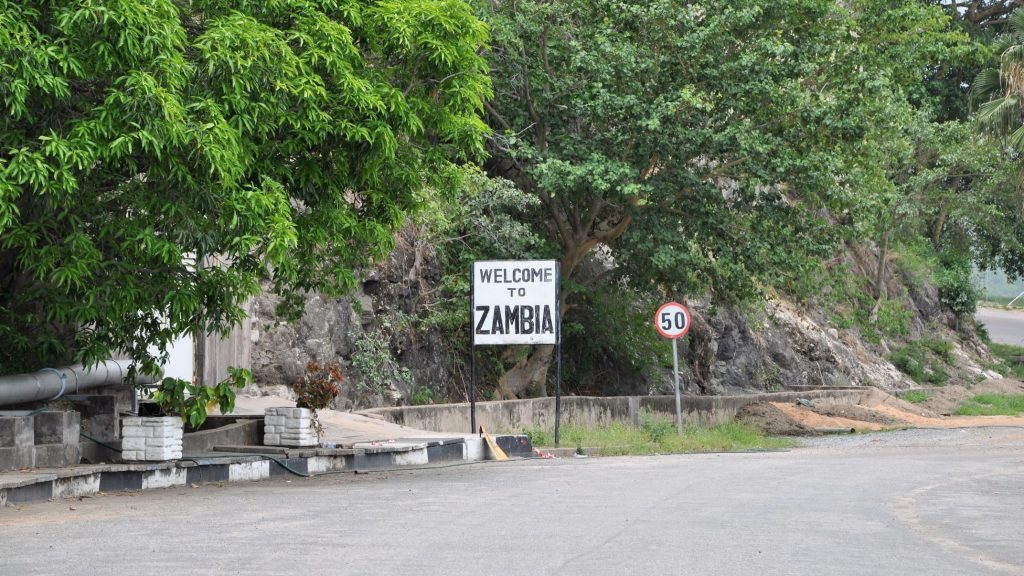
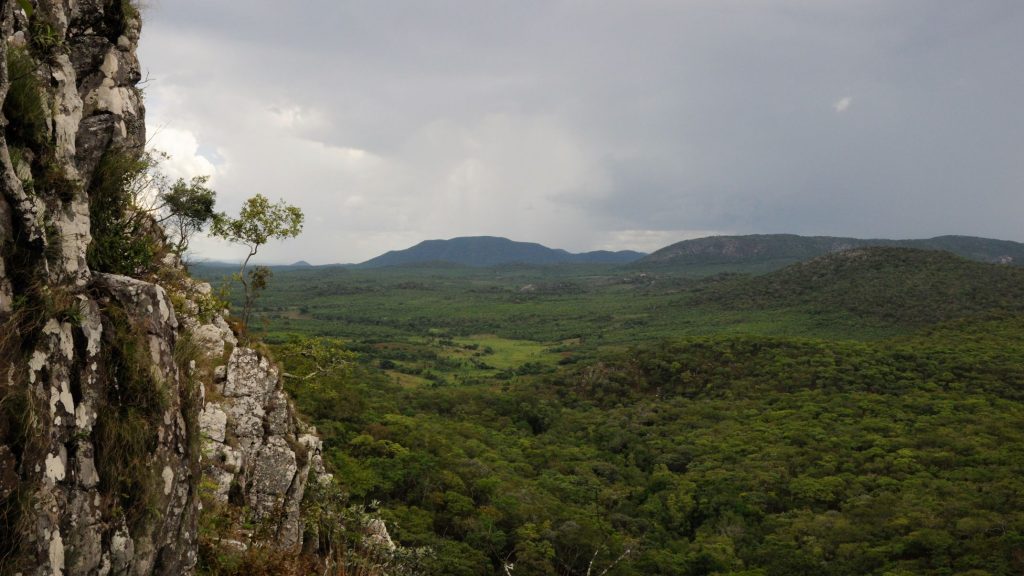
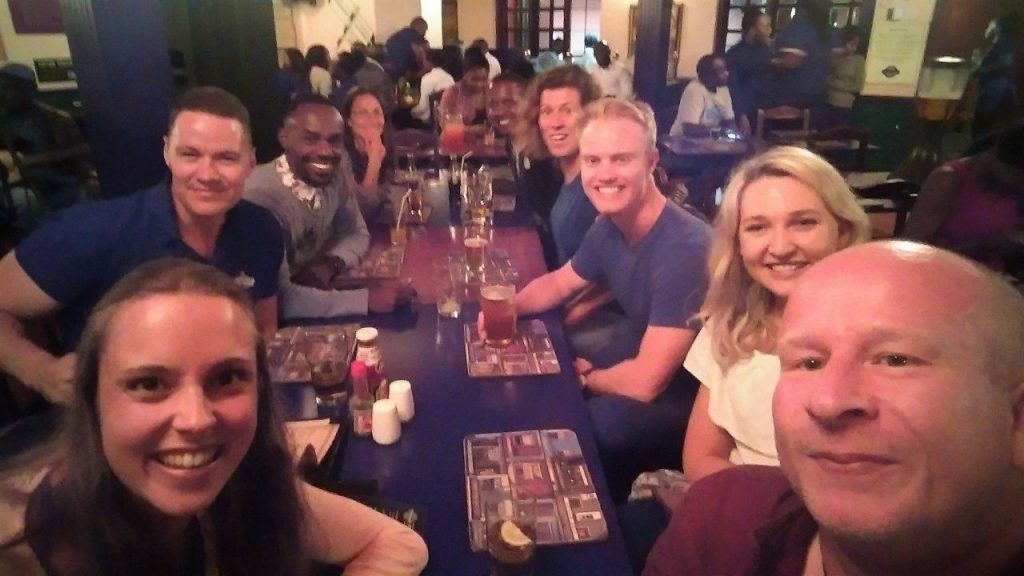
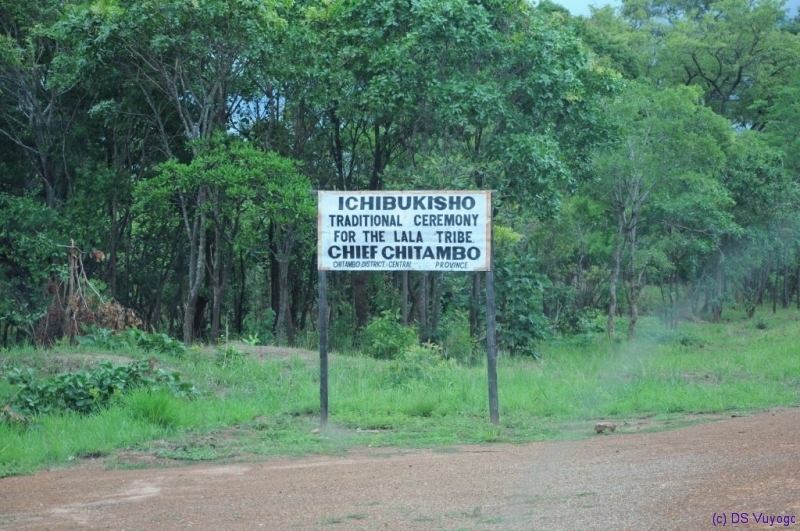
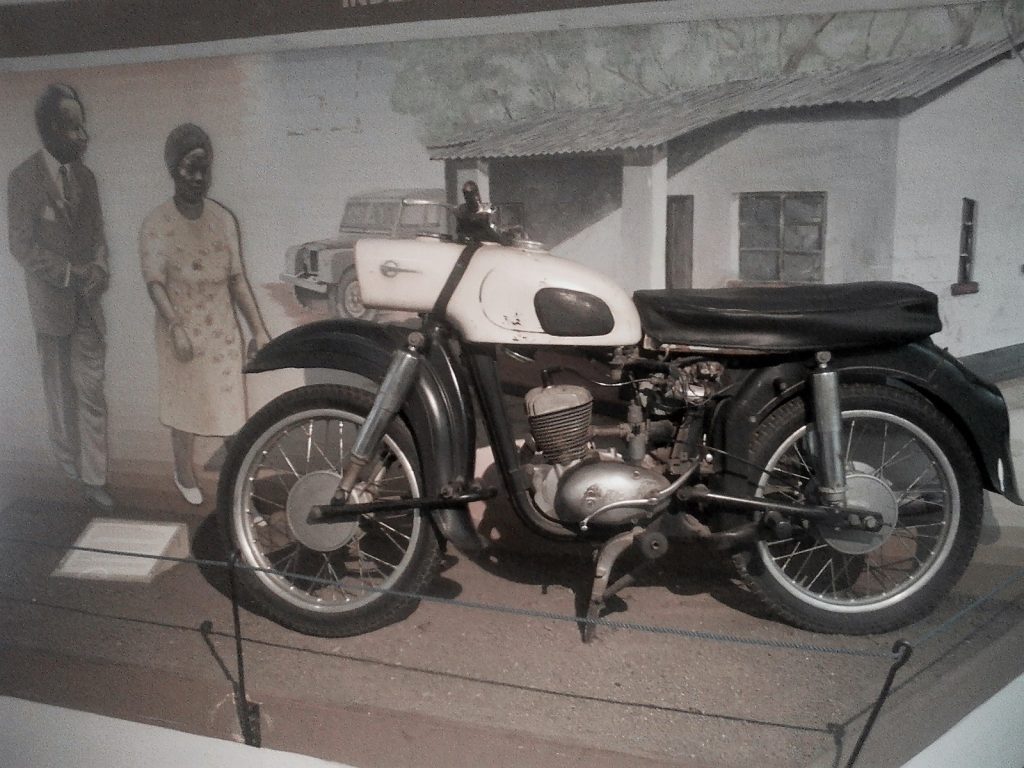
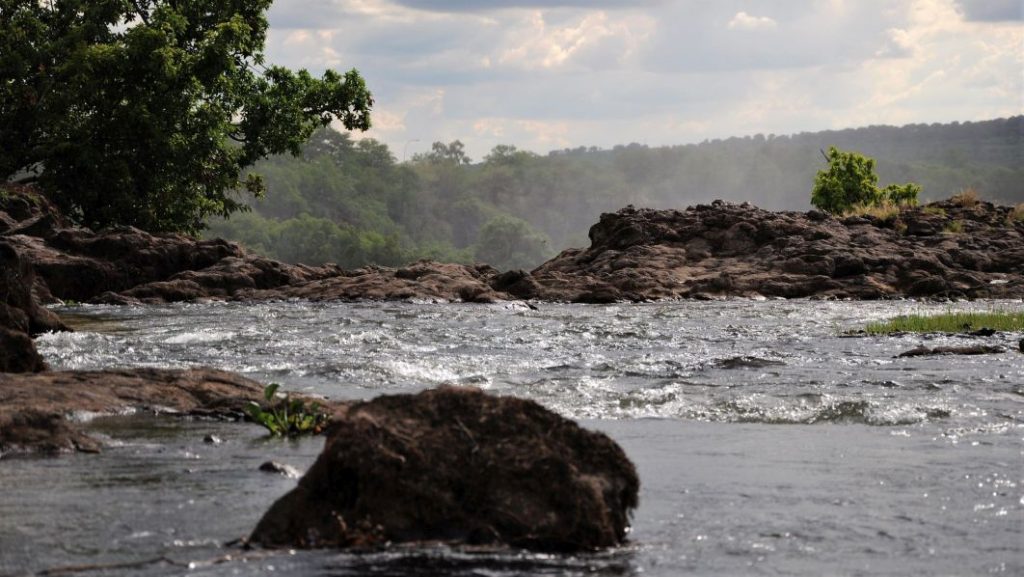
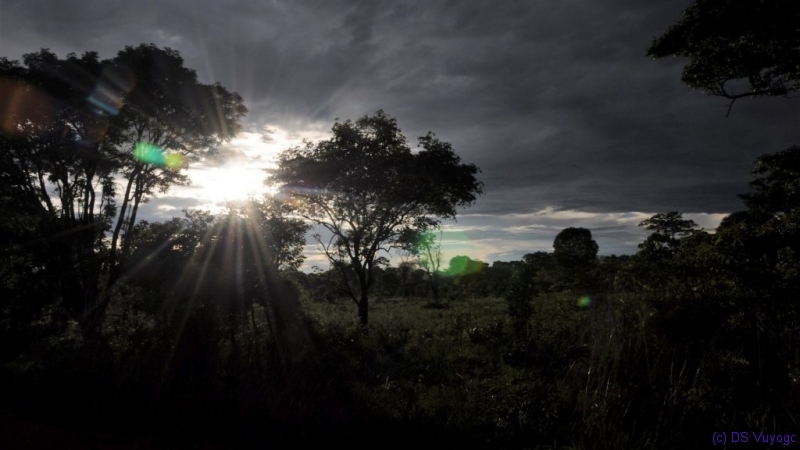
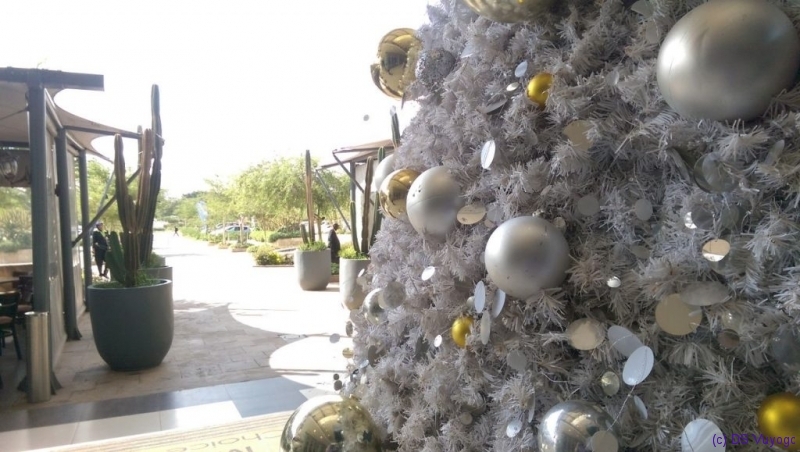
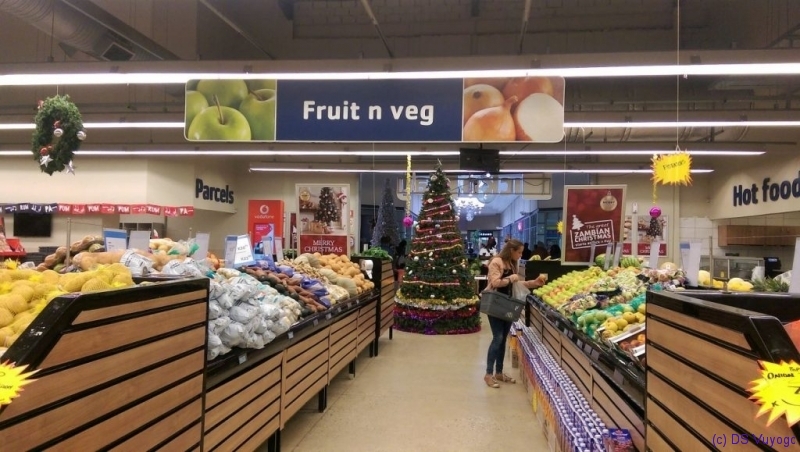
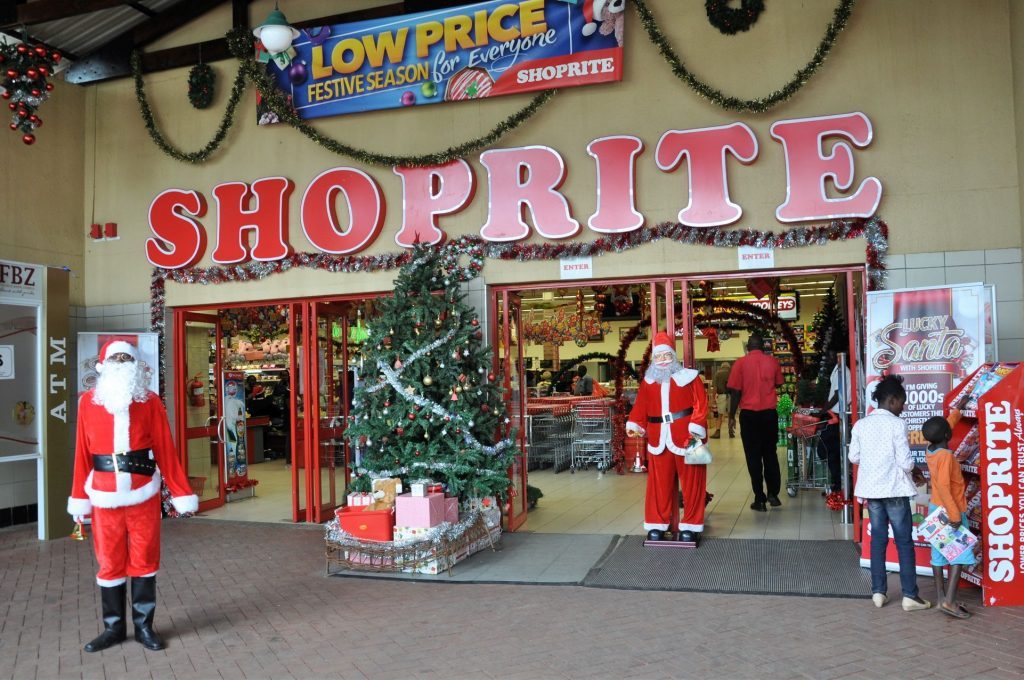
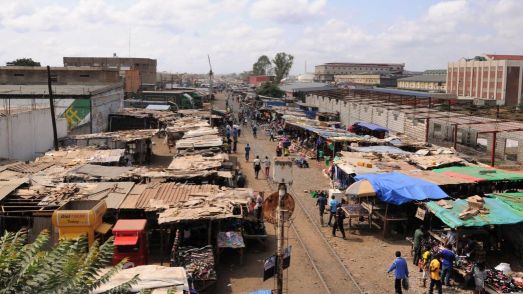
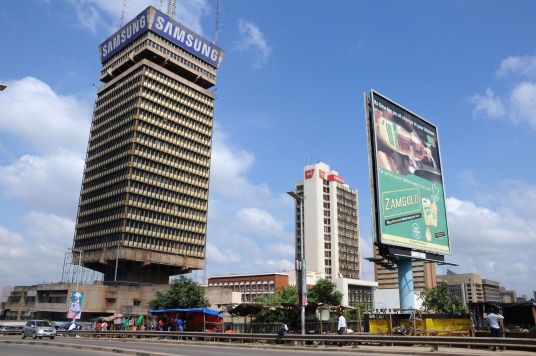
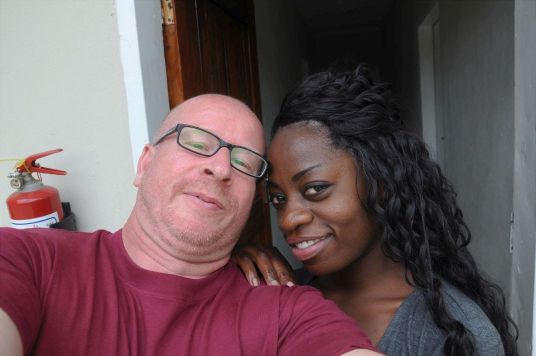
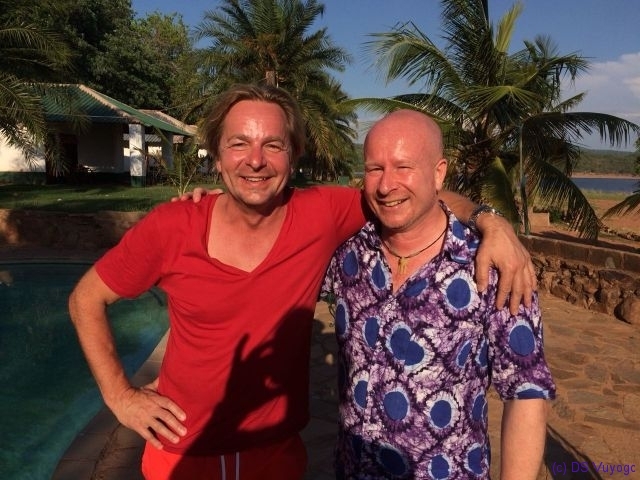
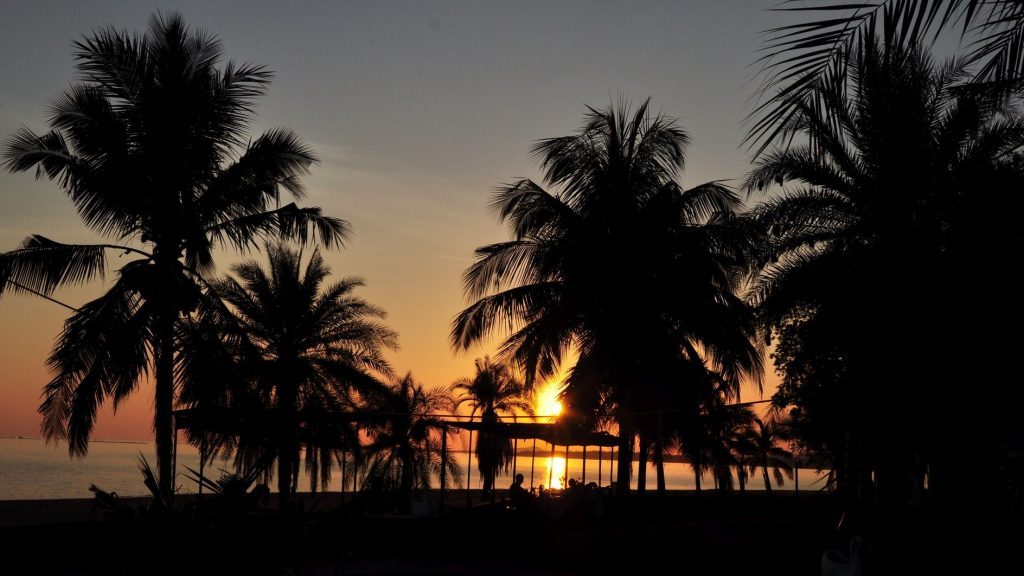
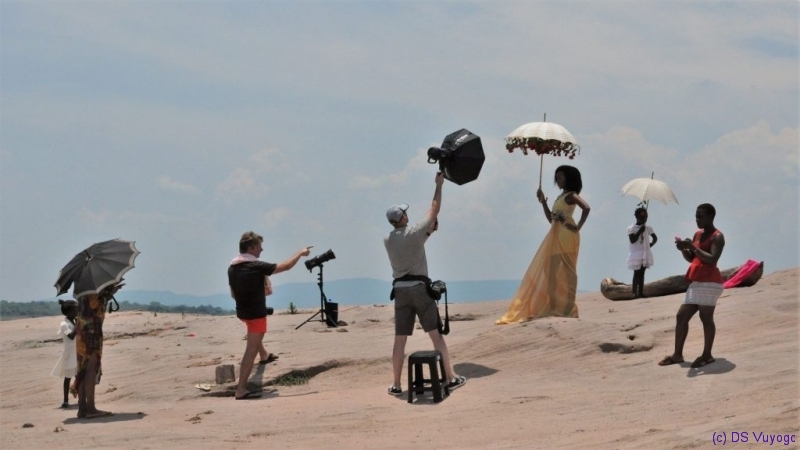
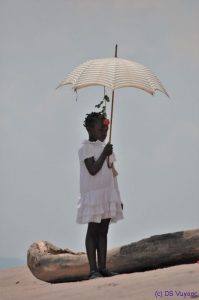
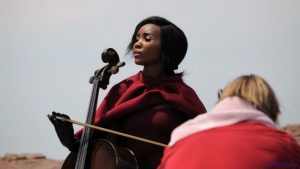
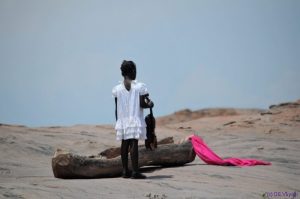
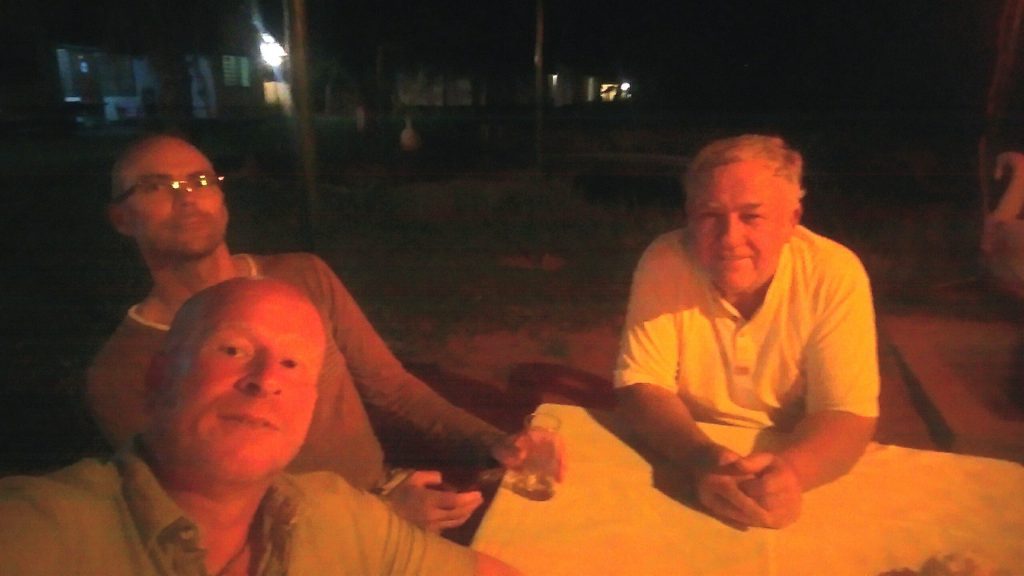
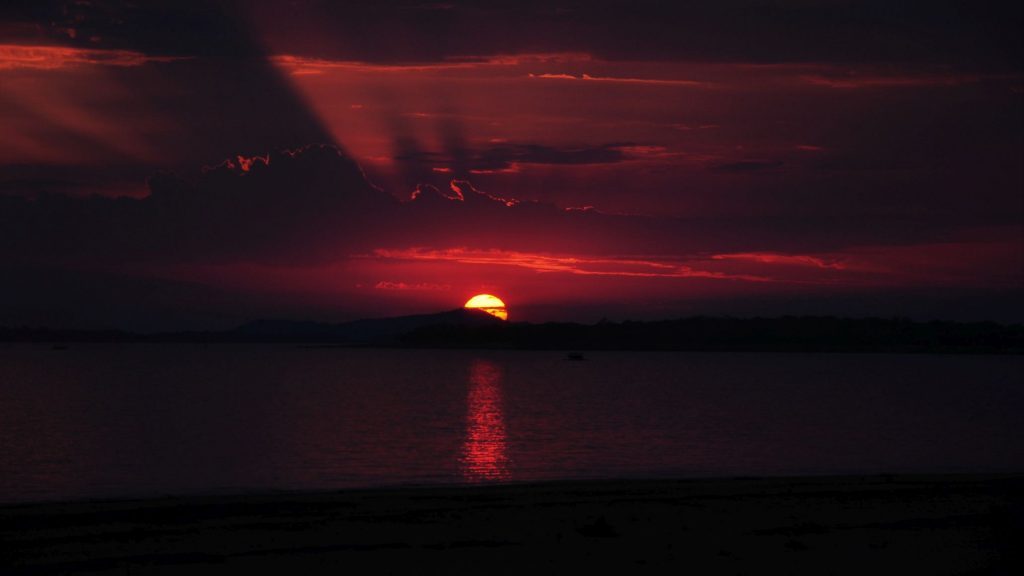
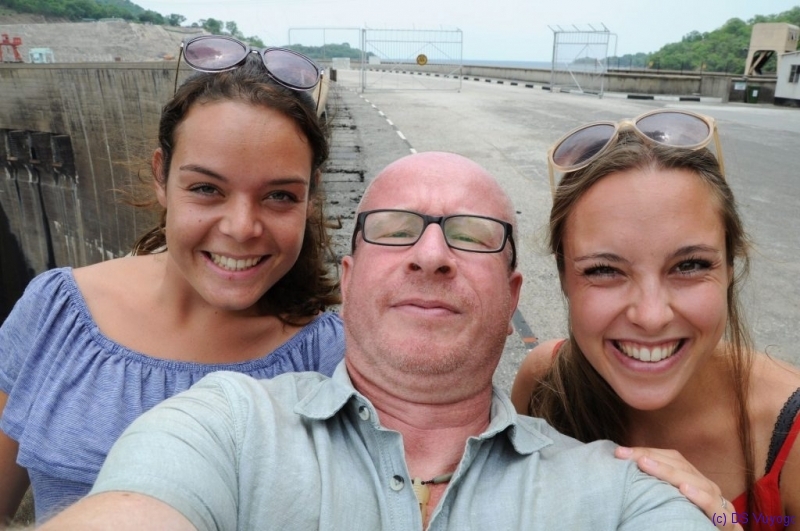
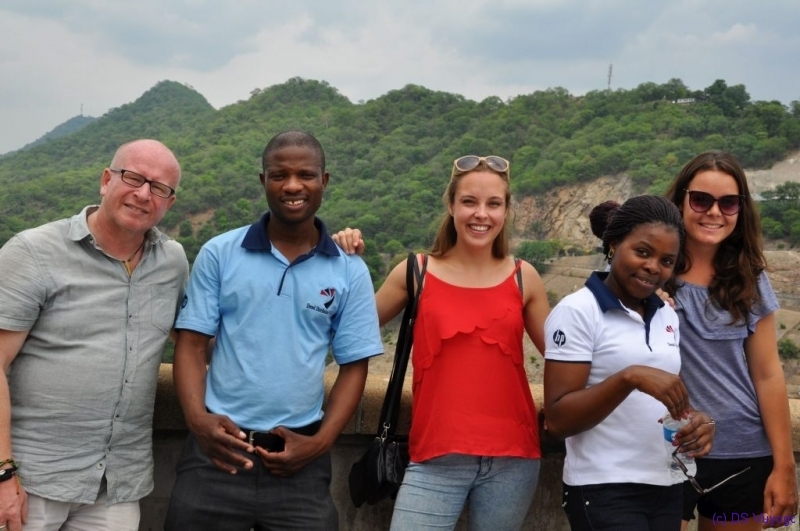
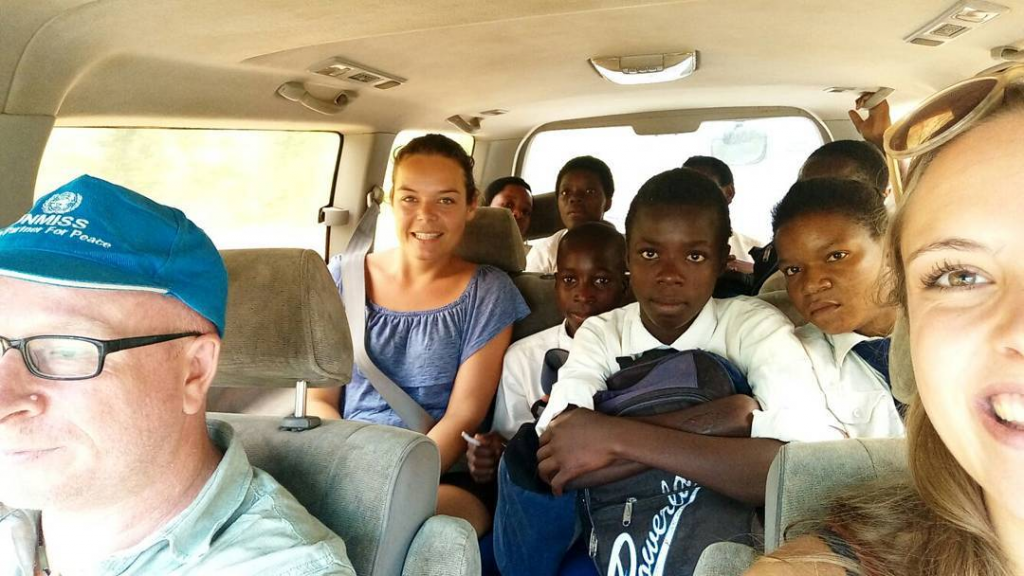
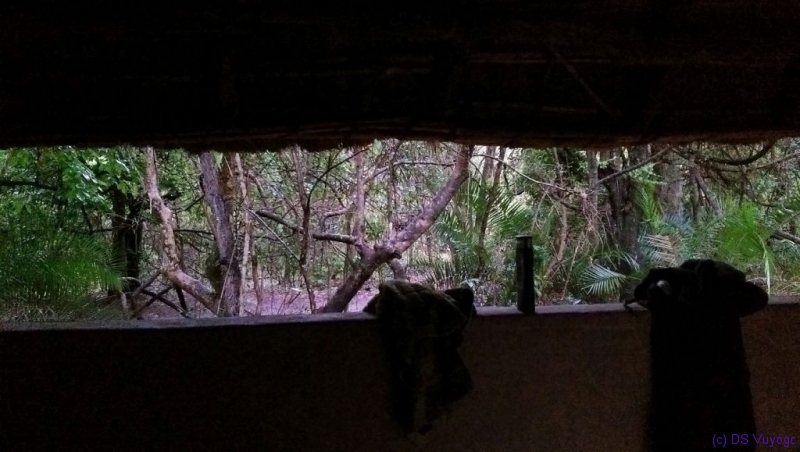
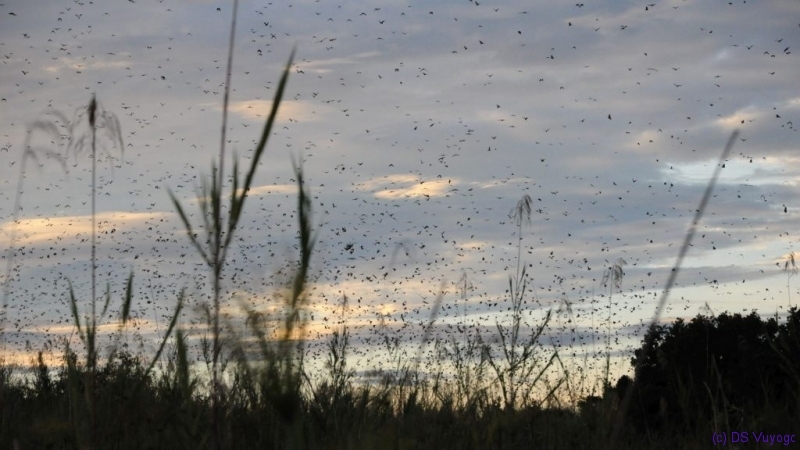
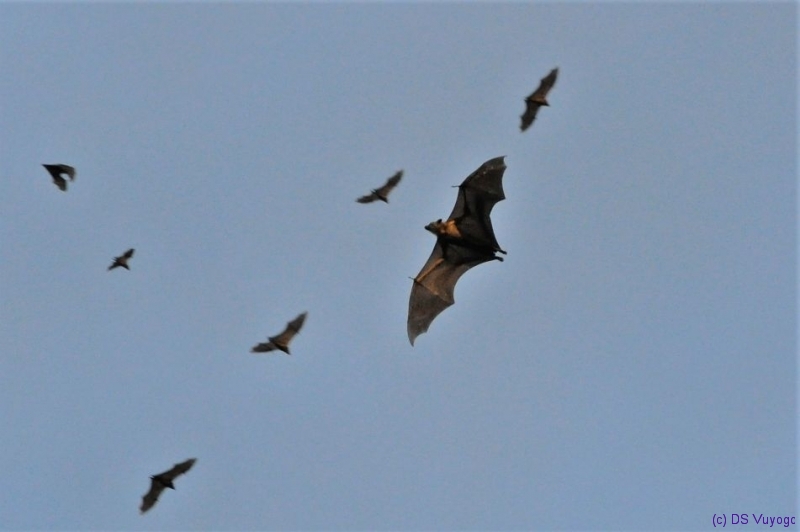
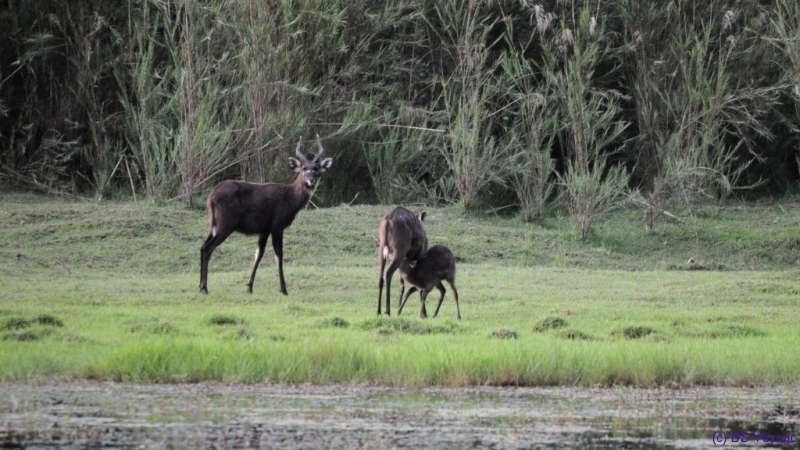
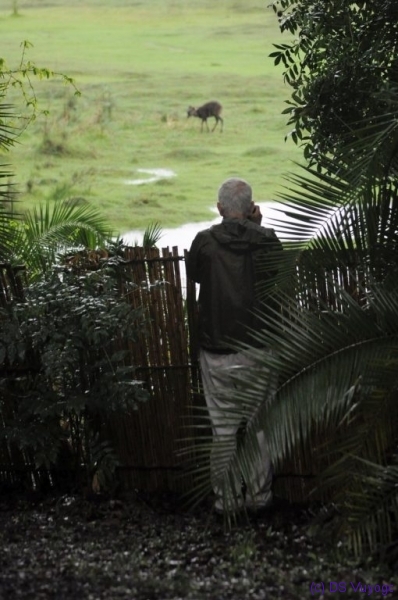
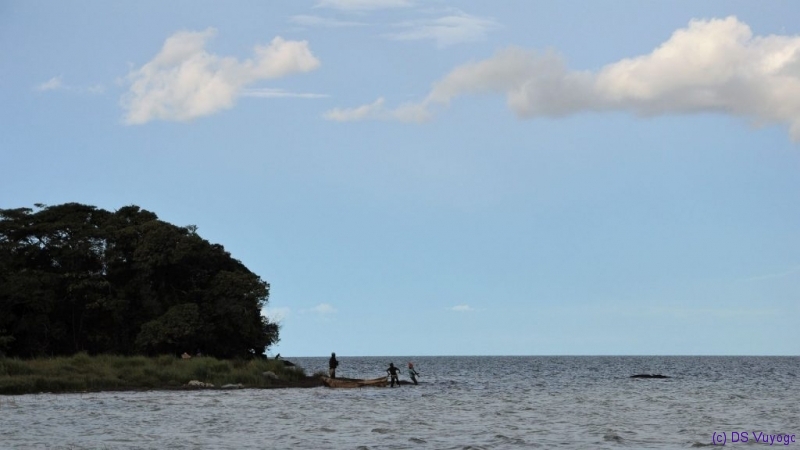
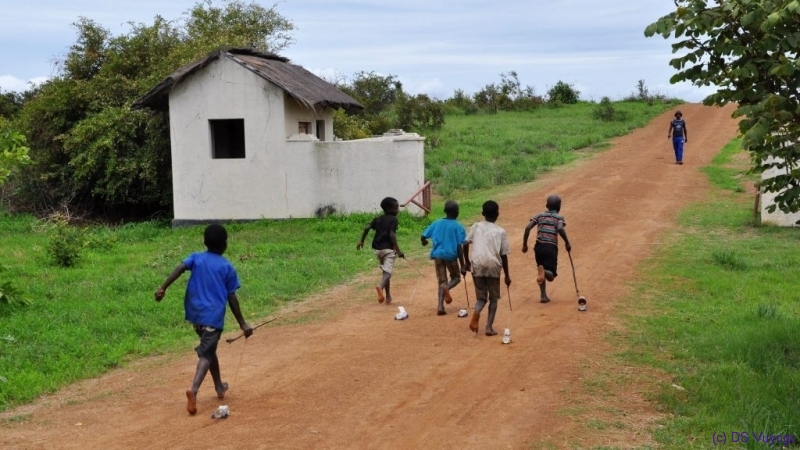
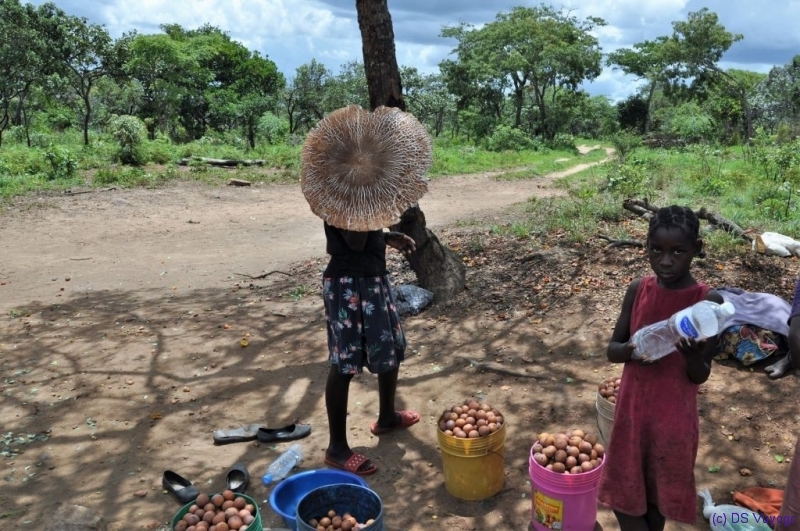
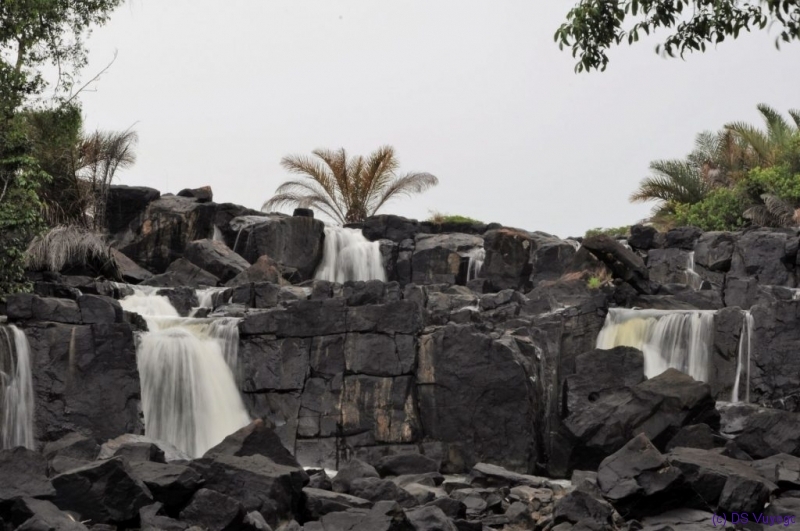
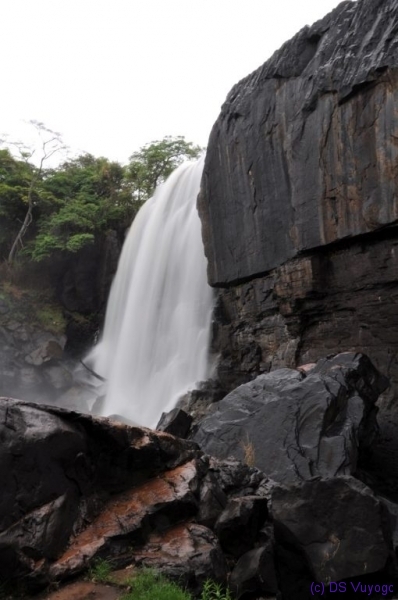
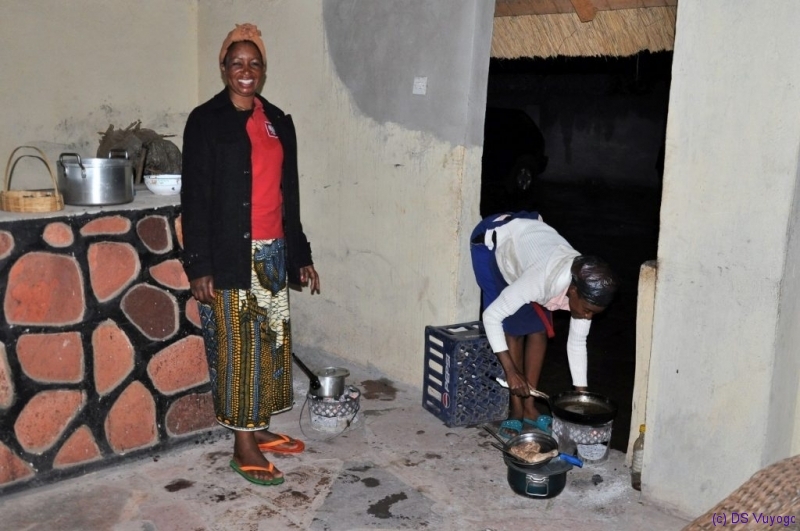
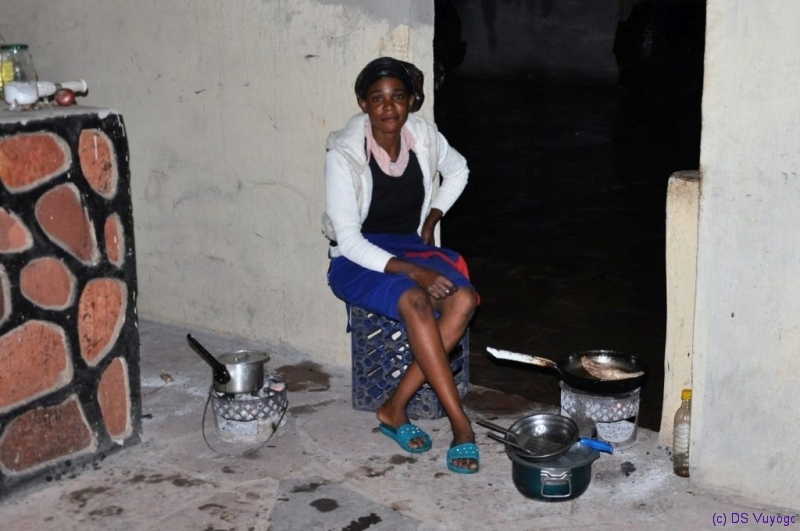
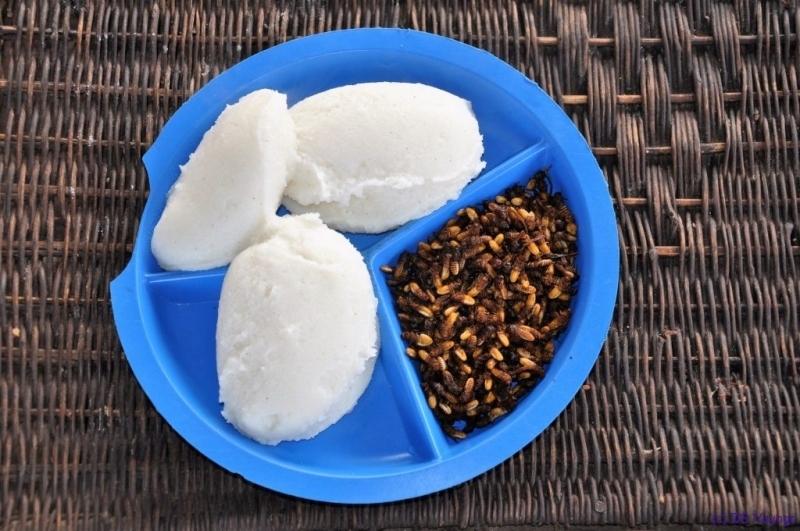
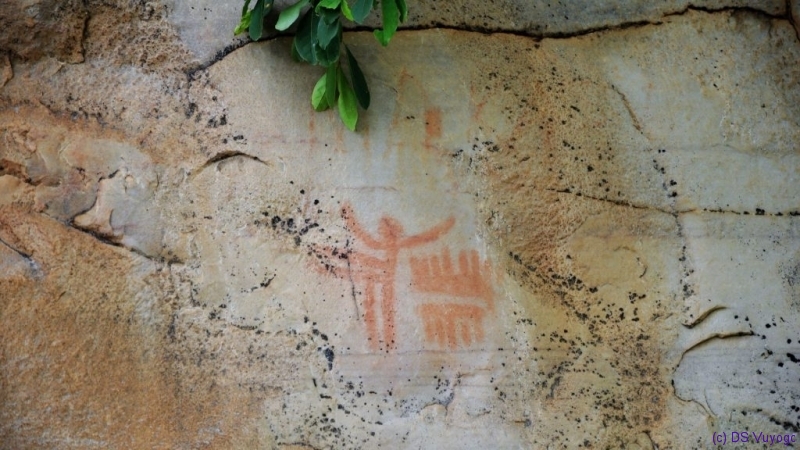
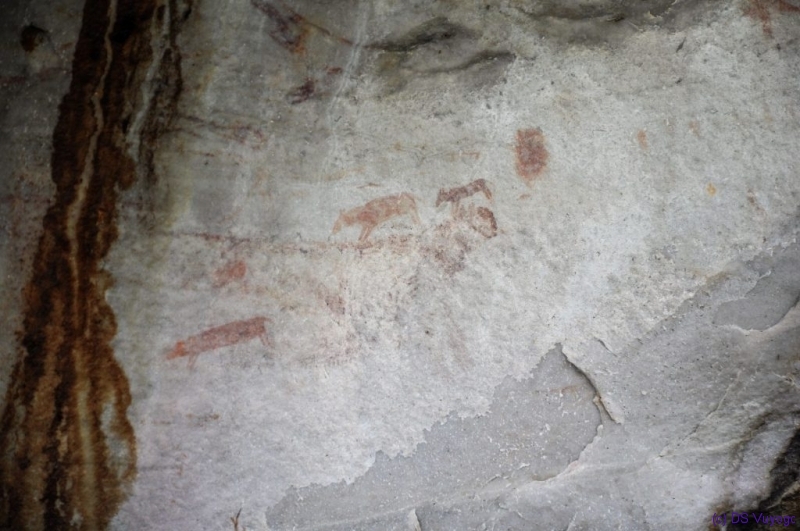
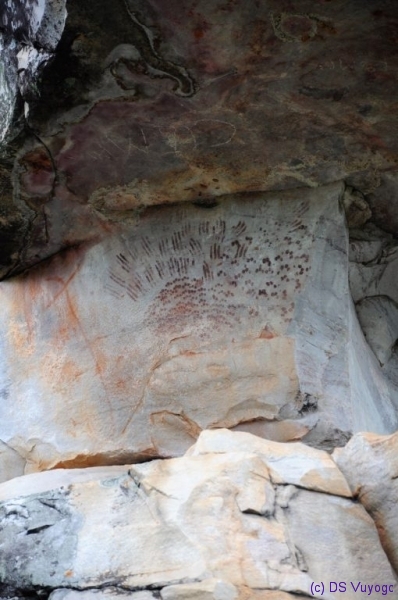
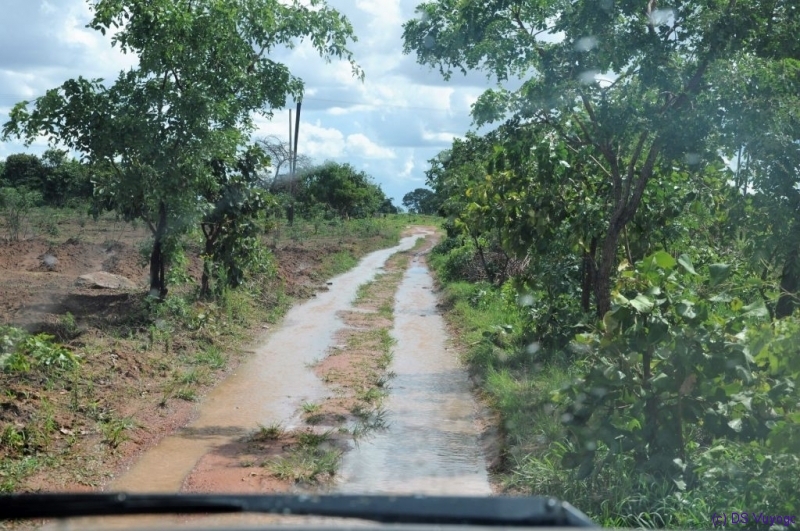
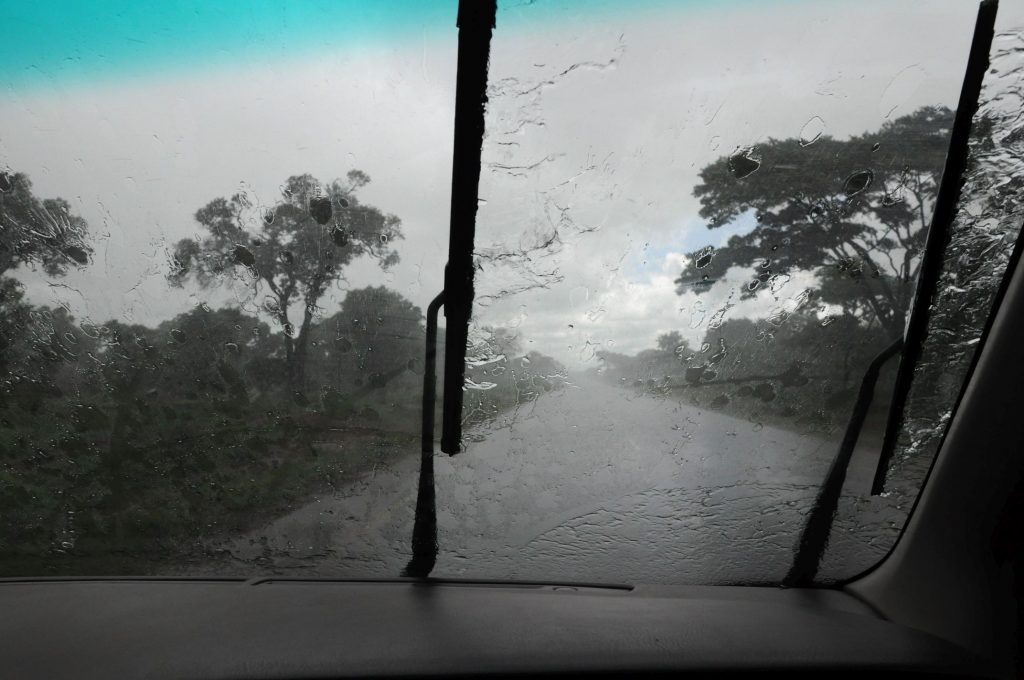
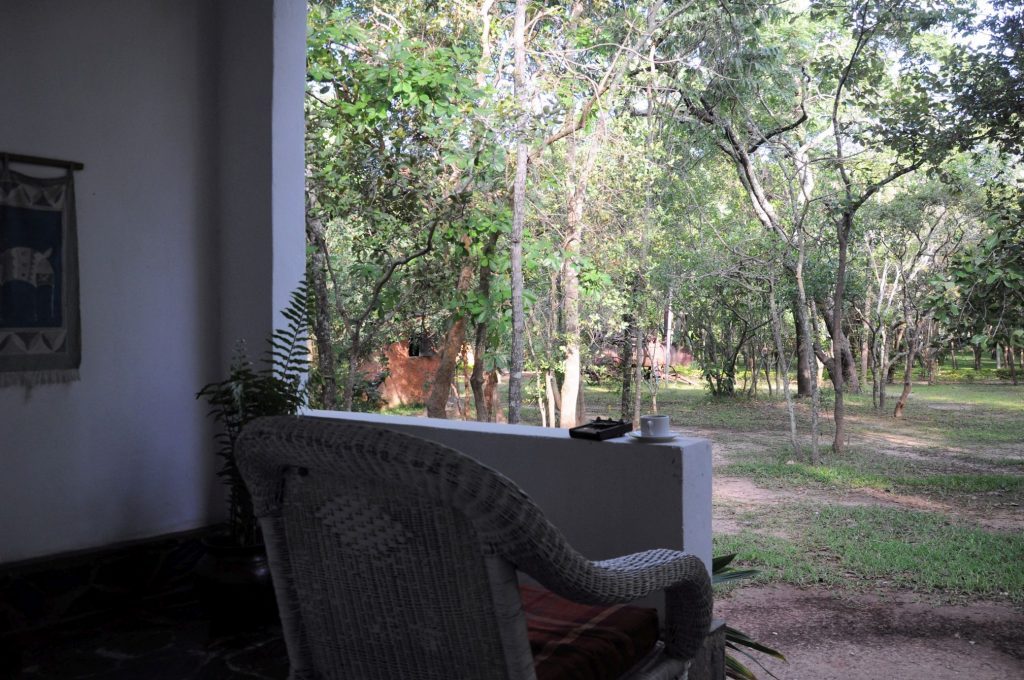
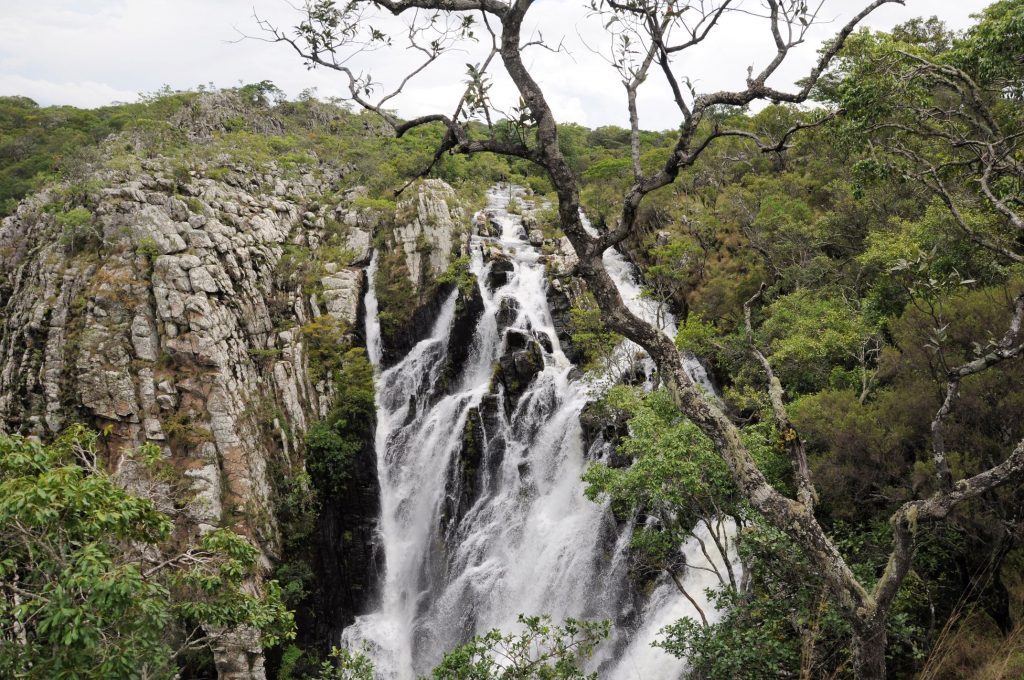
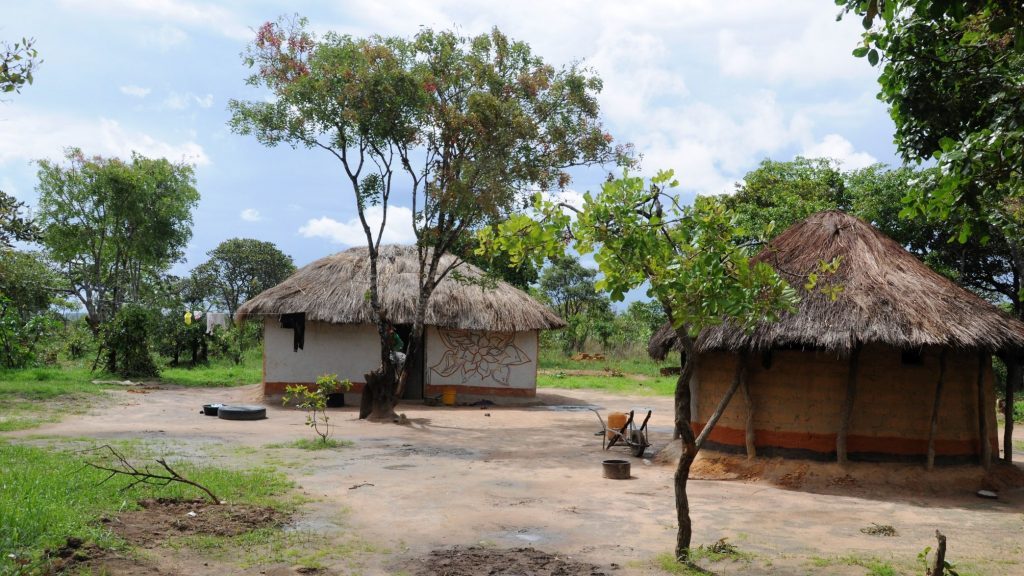
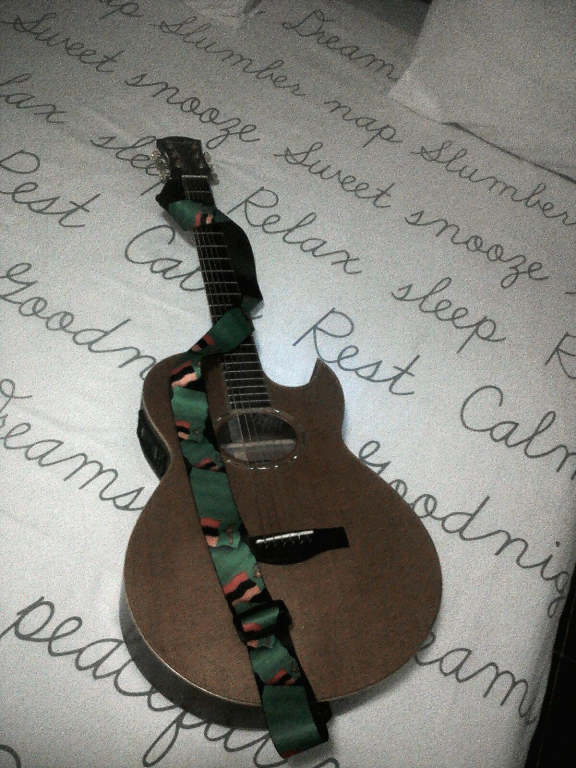
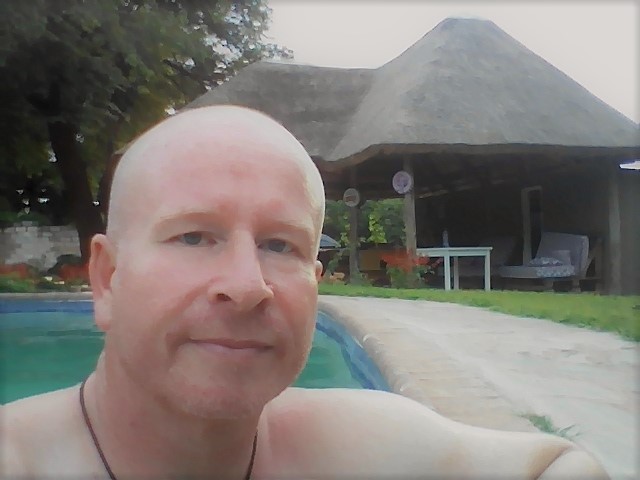
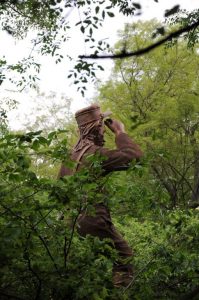
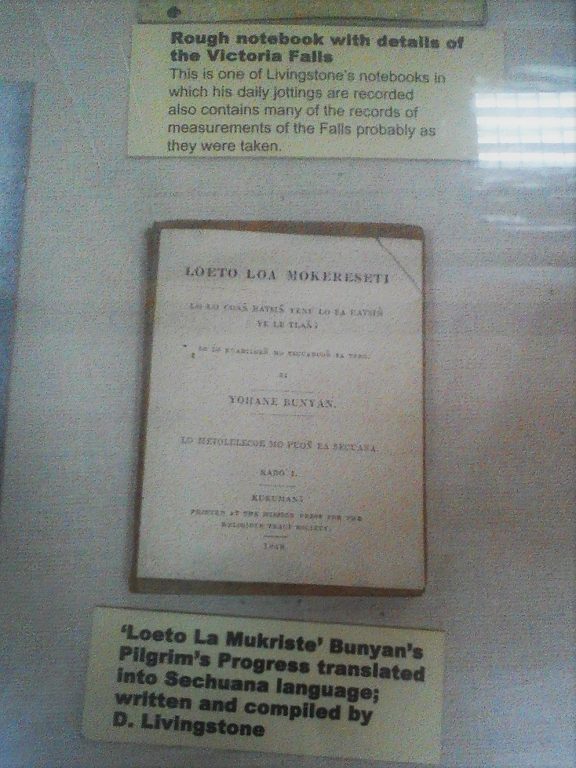
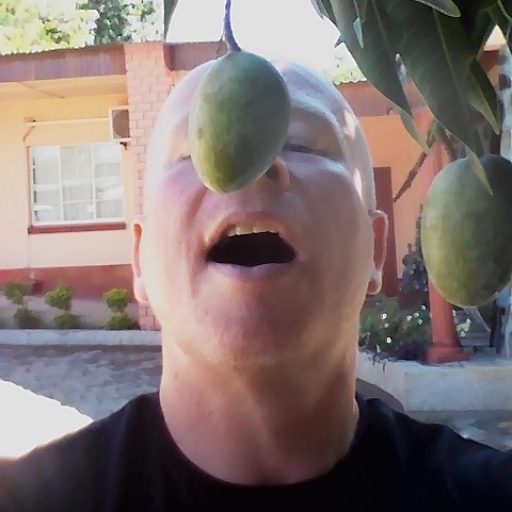
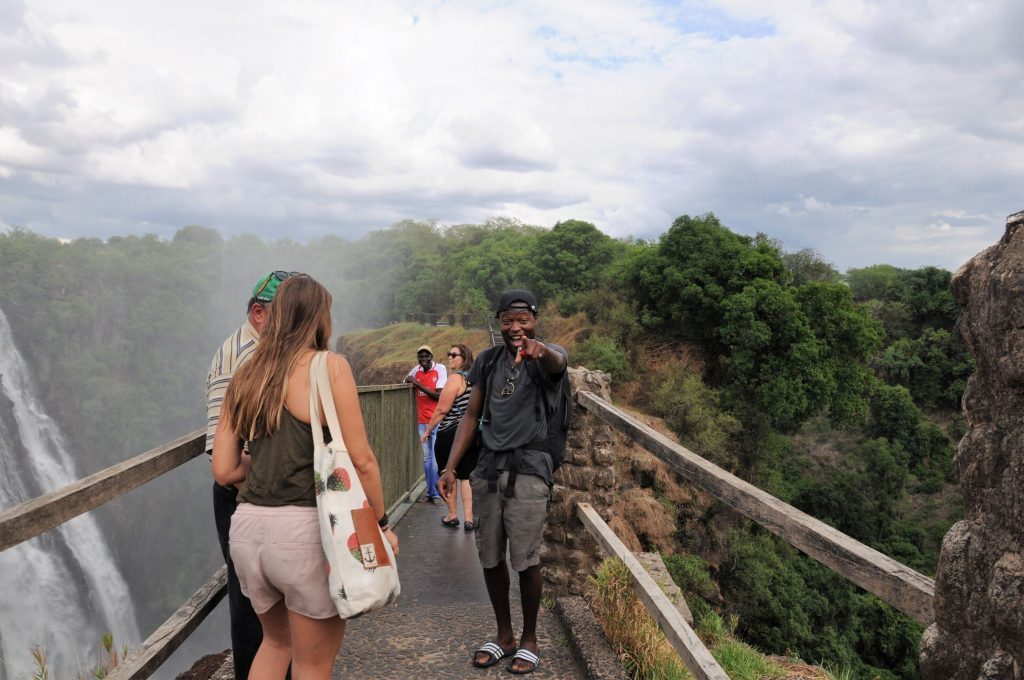
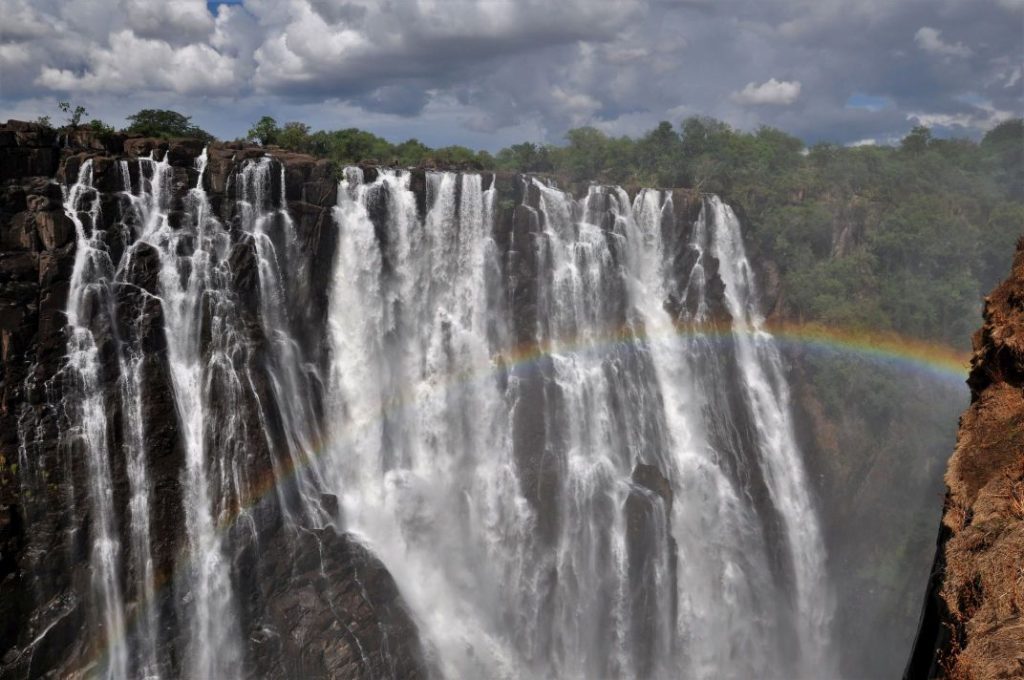
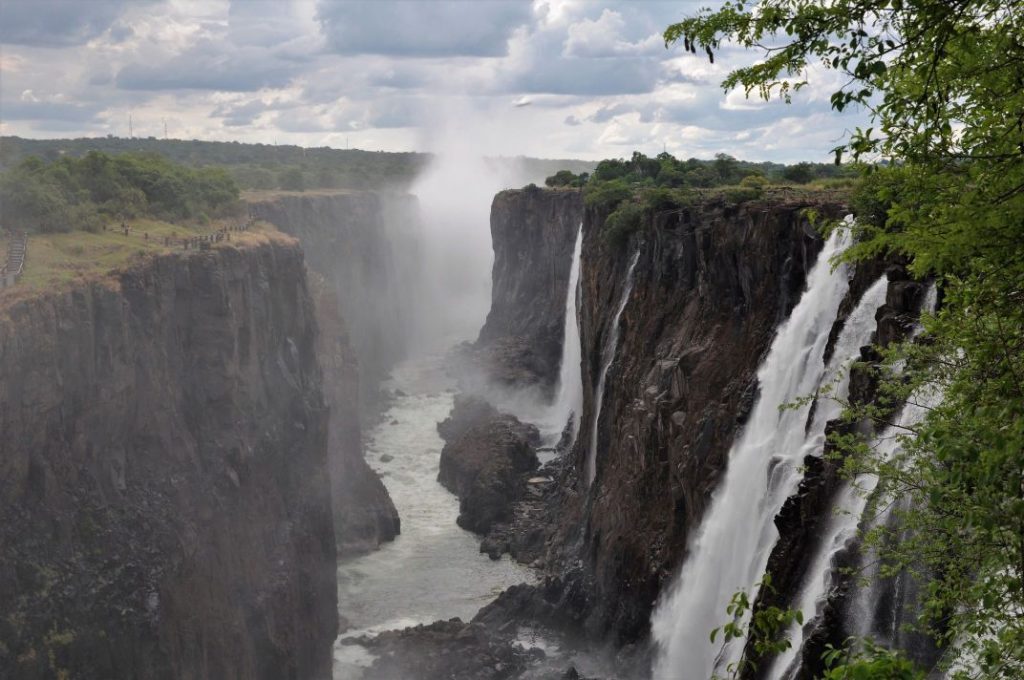
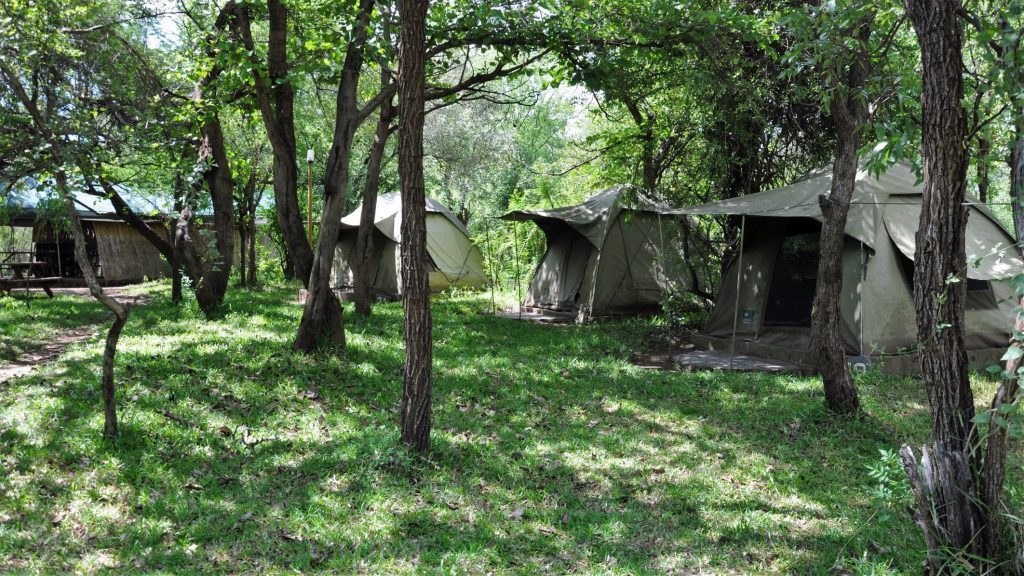
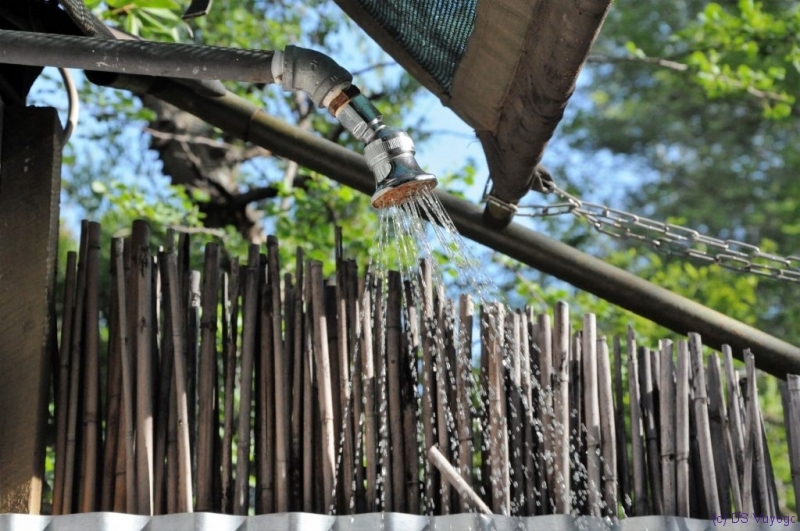
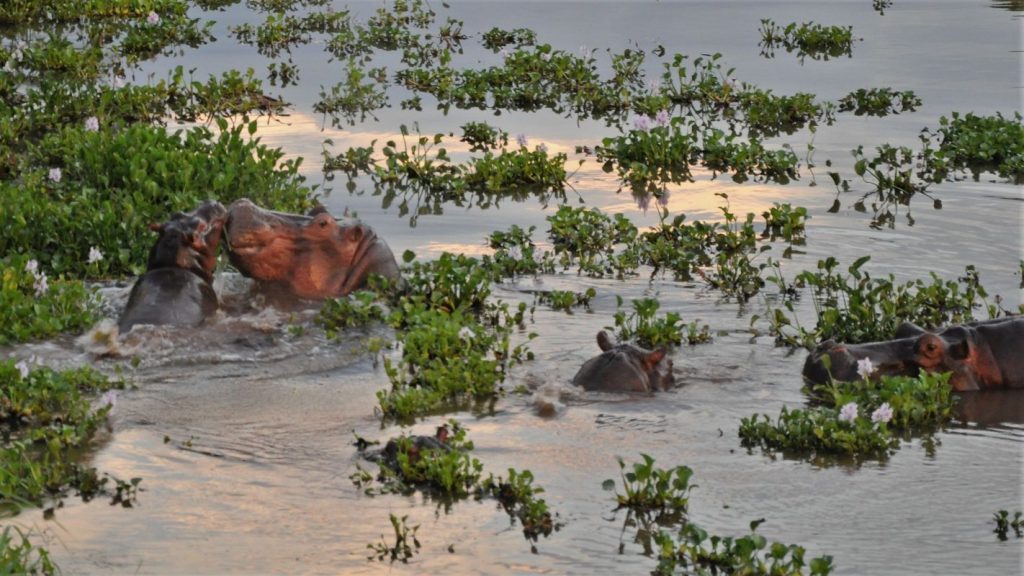
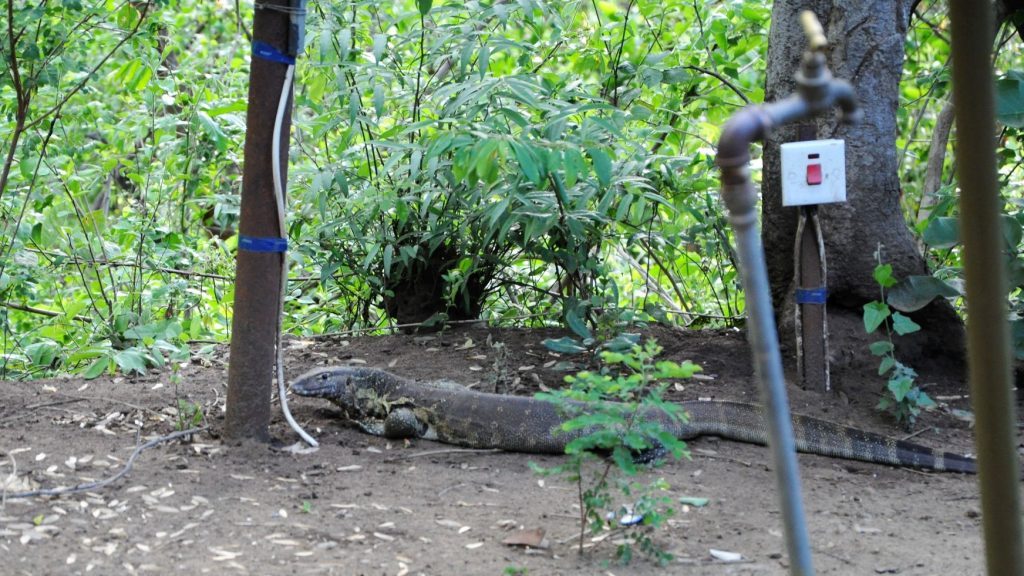
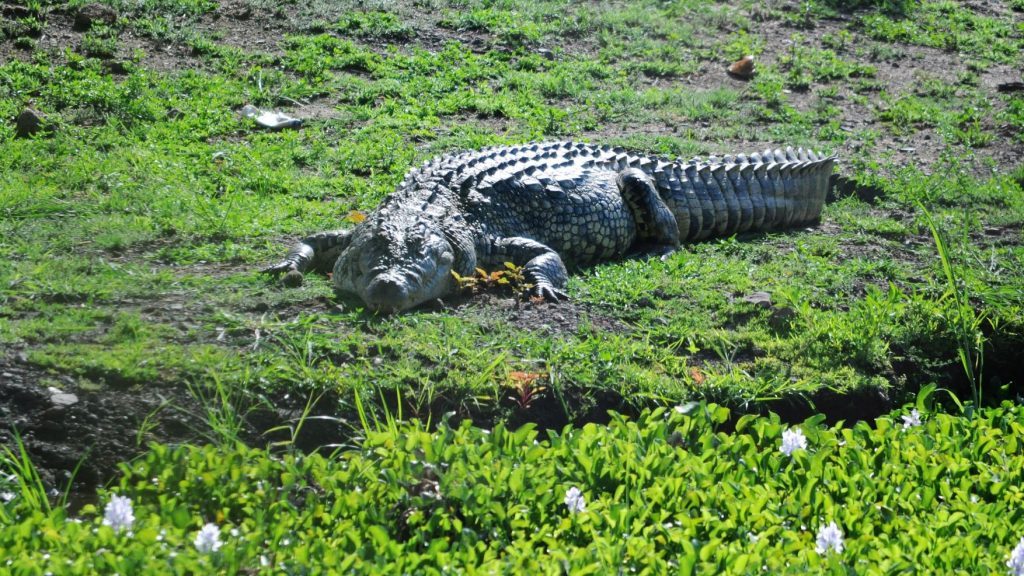
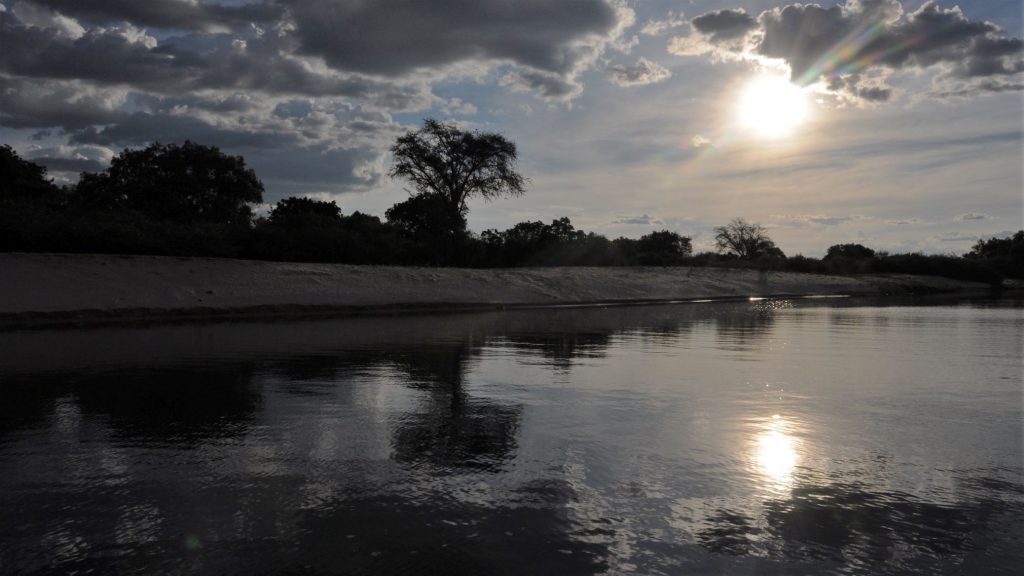
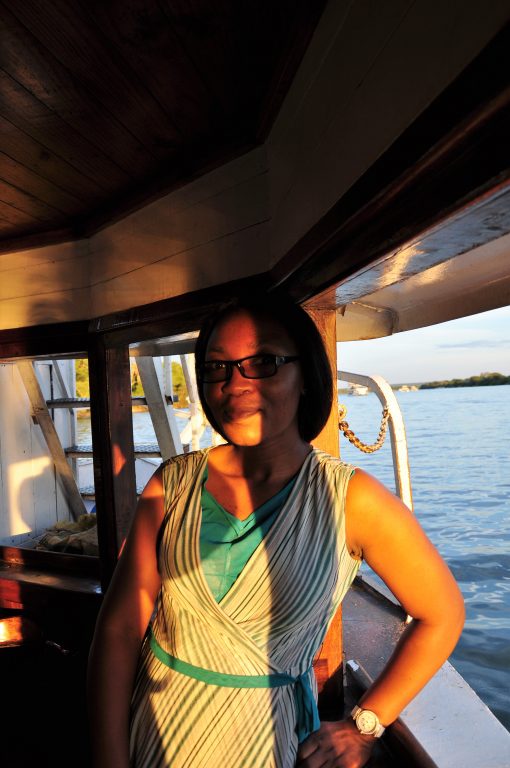
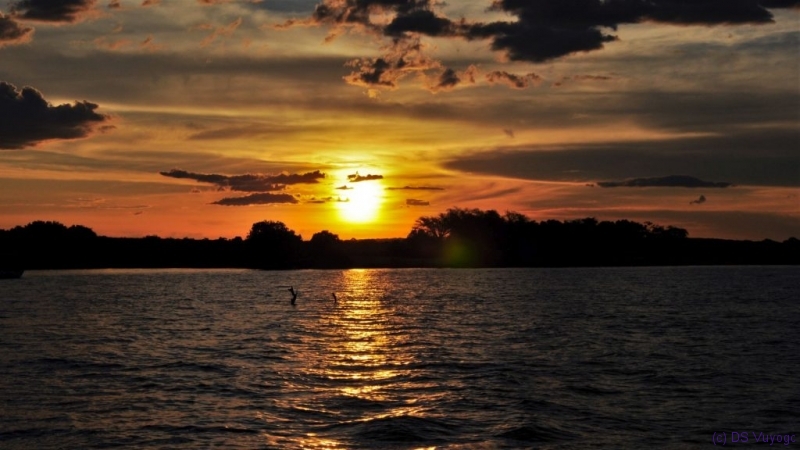
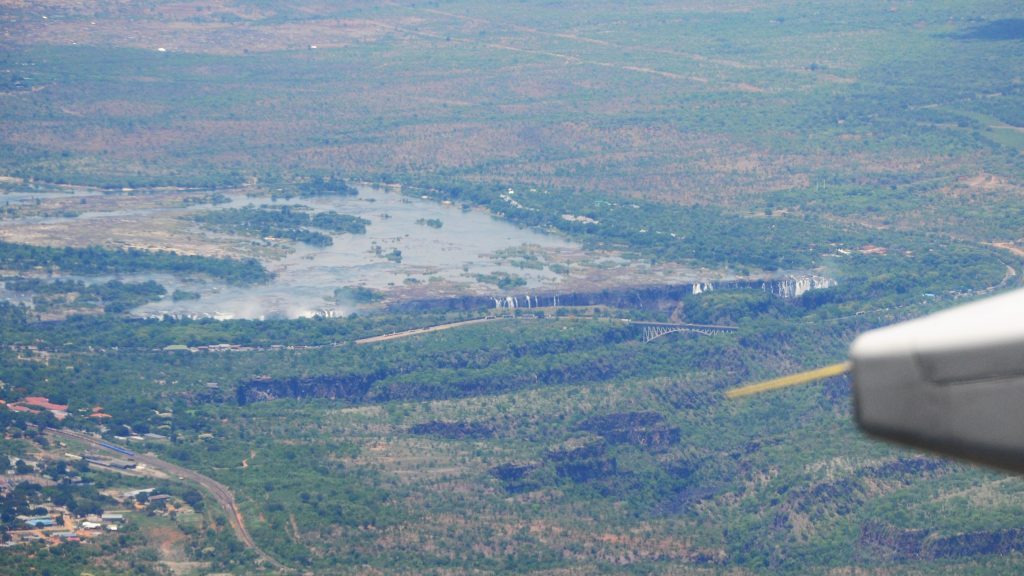





















































































































































































































































































































































Good blog! I truly love how it is simple on my eyes and the data are well written. I am wondering how I might be notified whenever a new post has been made. I’ve subscribed to your RSS which must do the trick! Have a nice day!
Thanks a lot! Please let me know if RSS works.